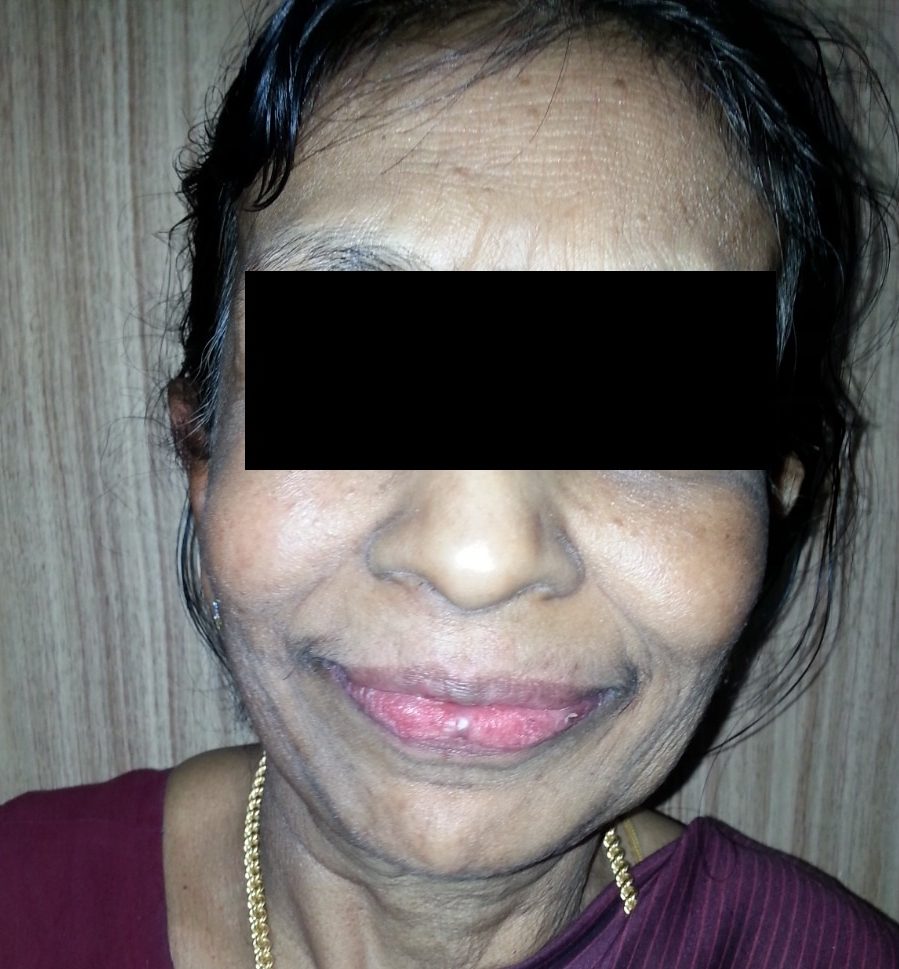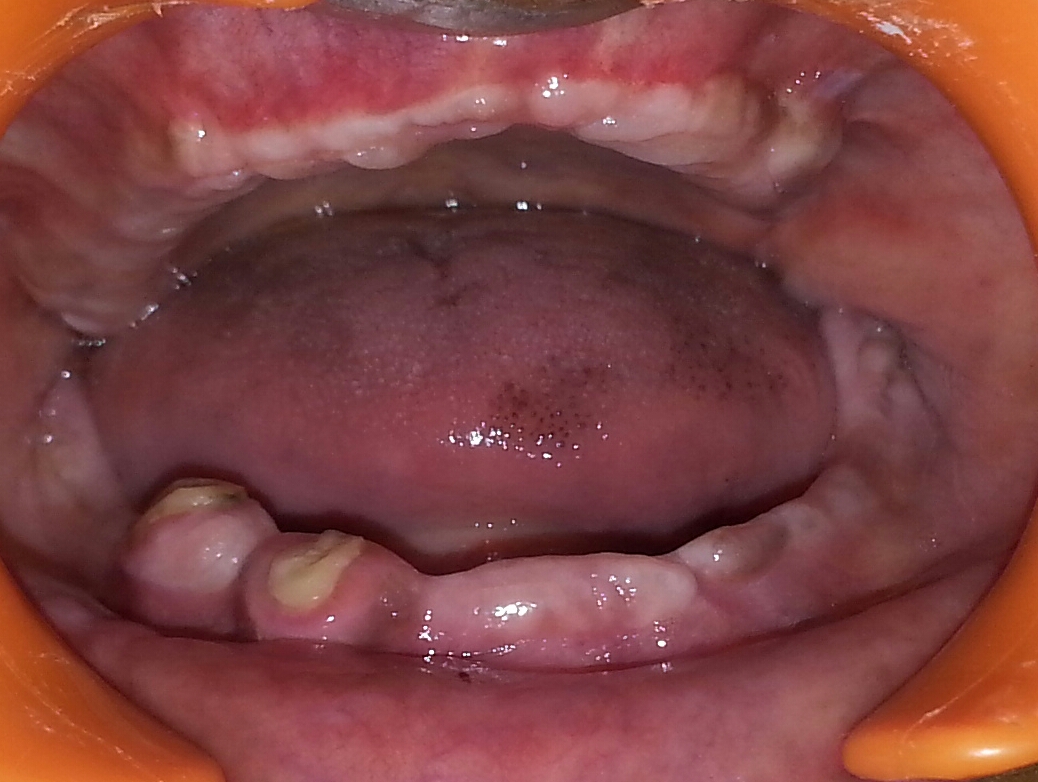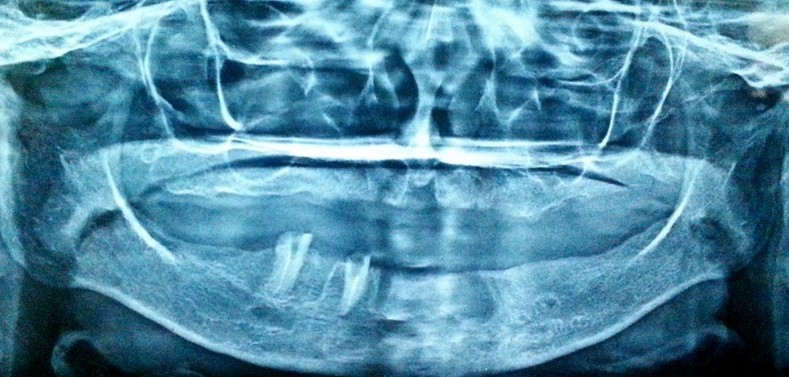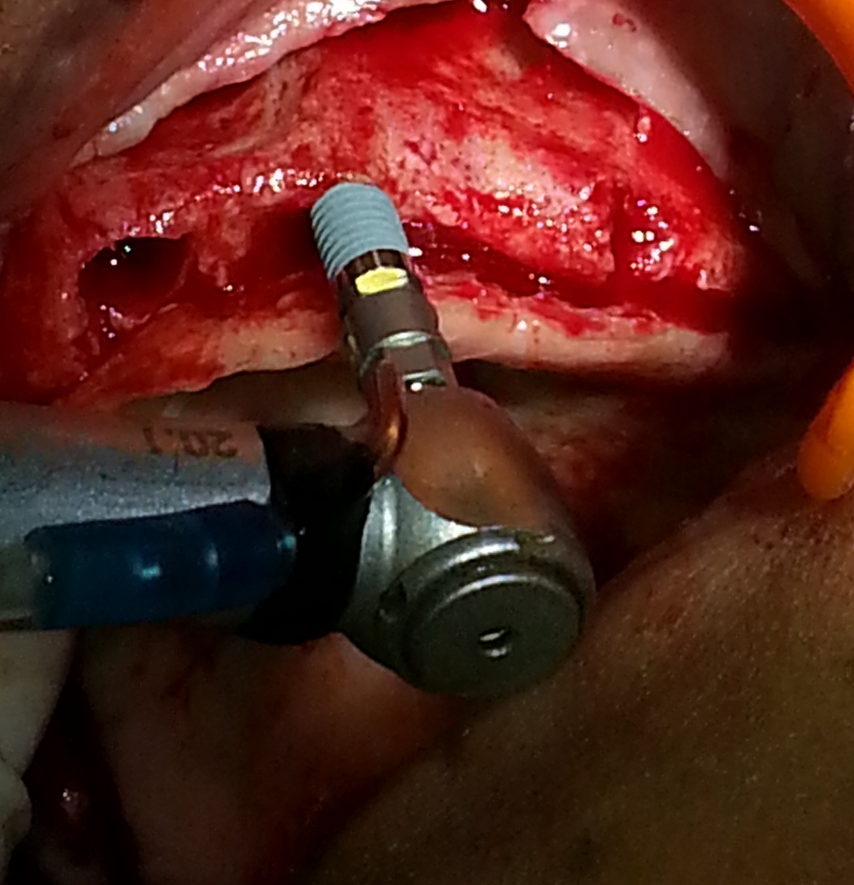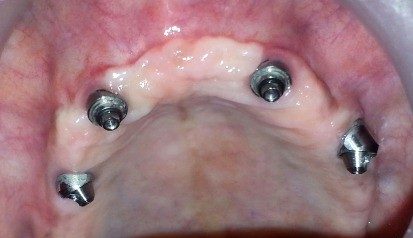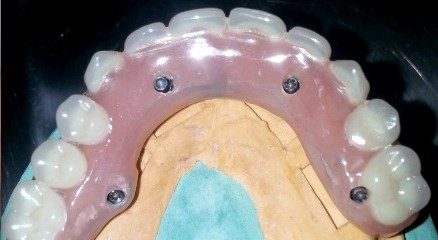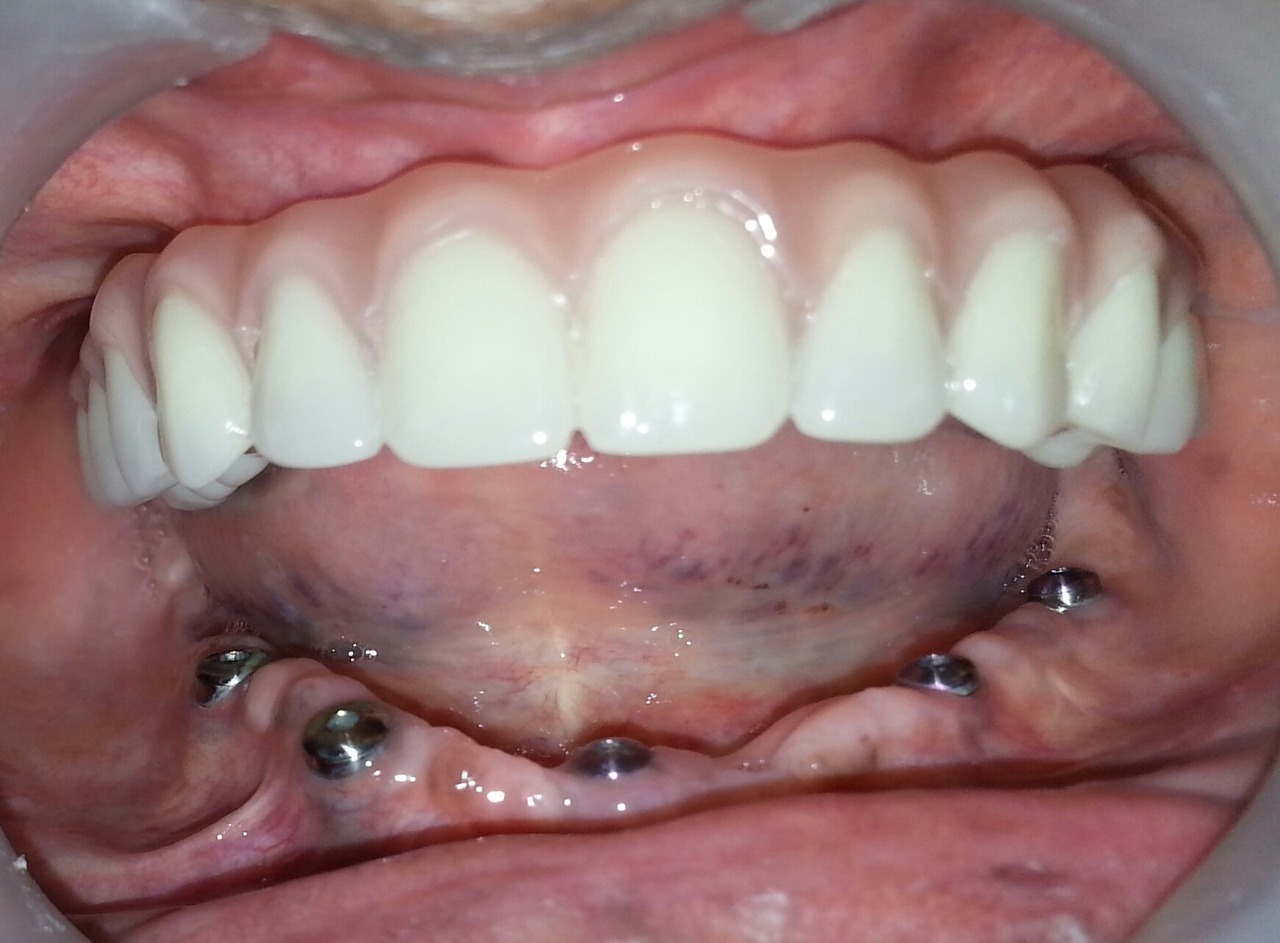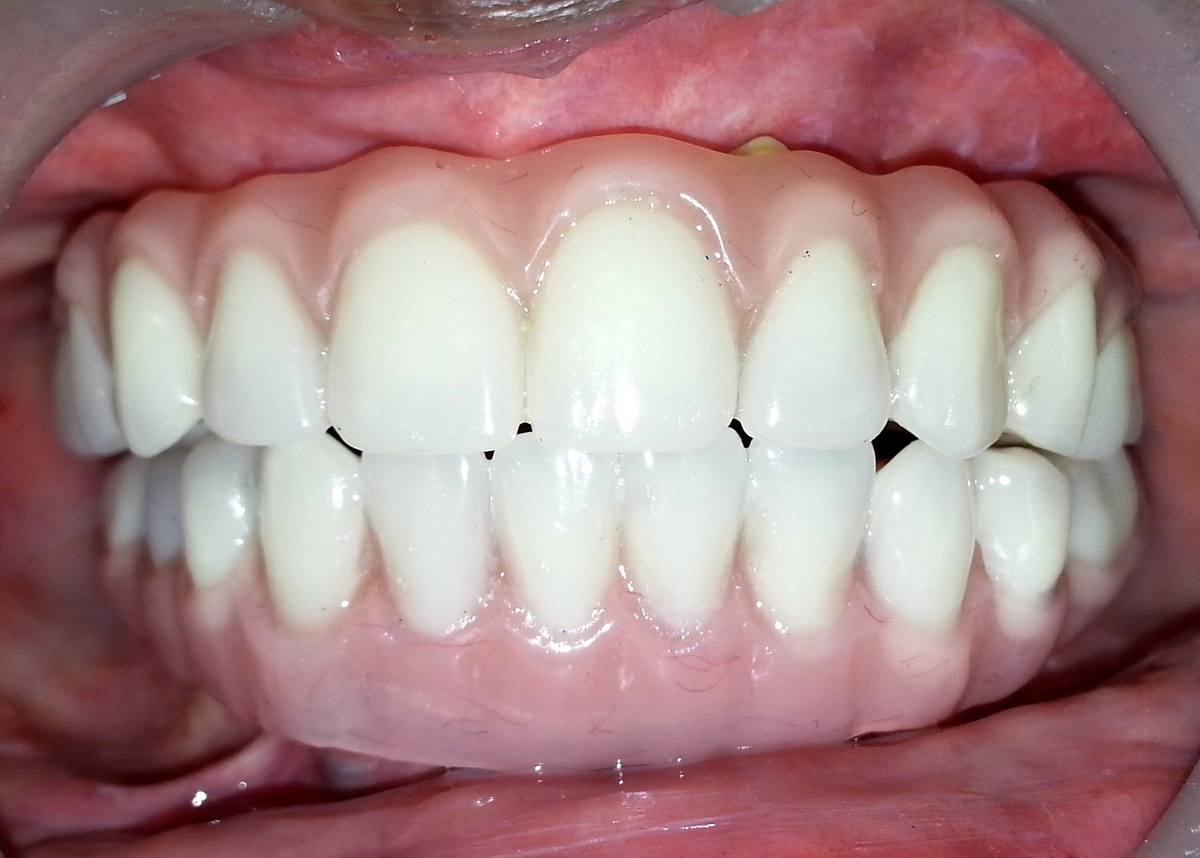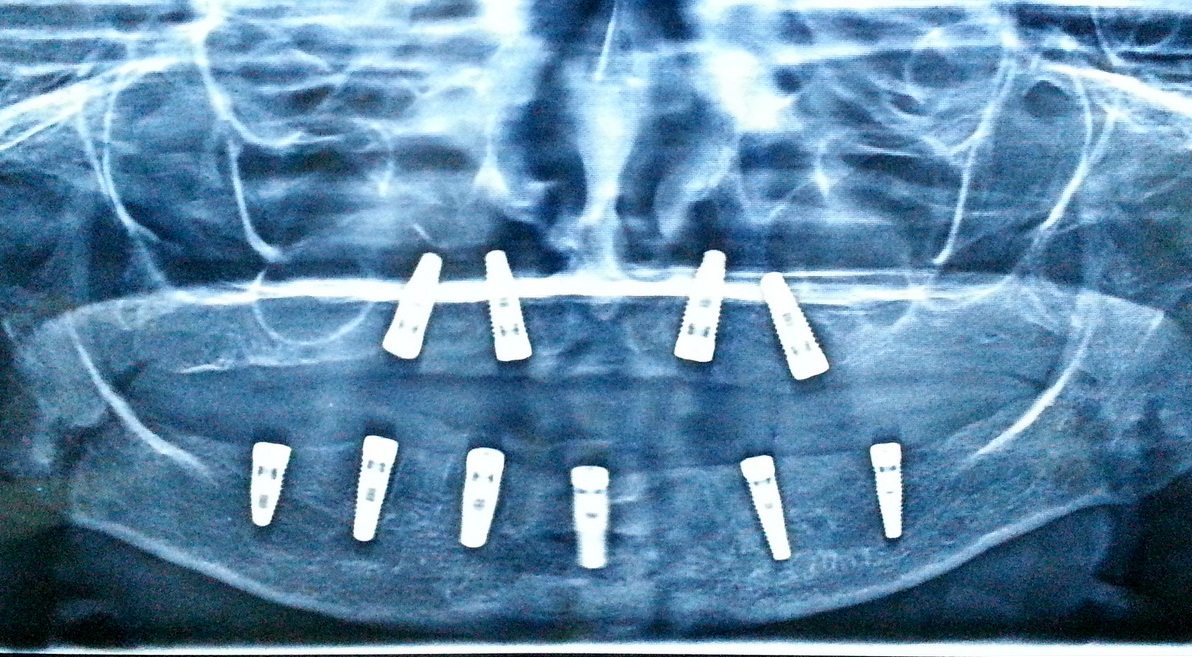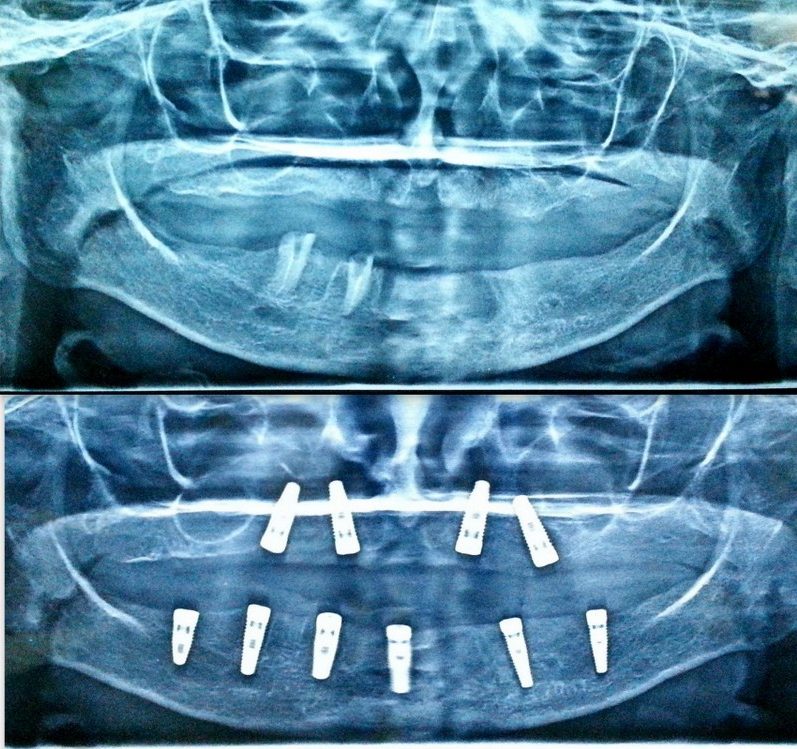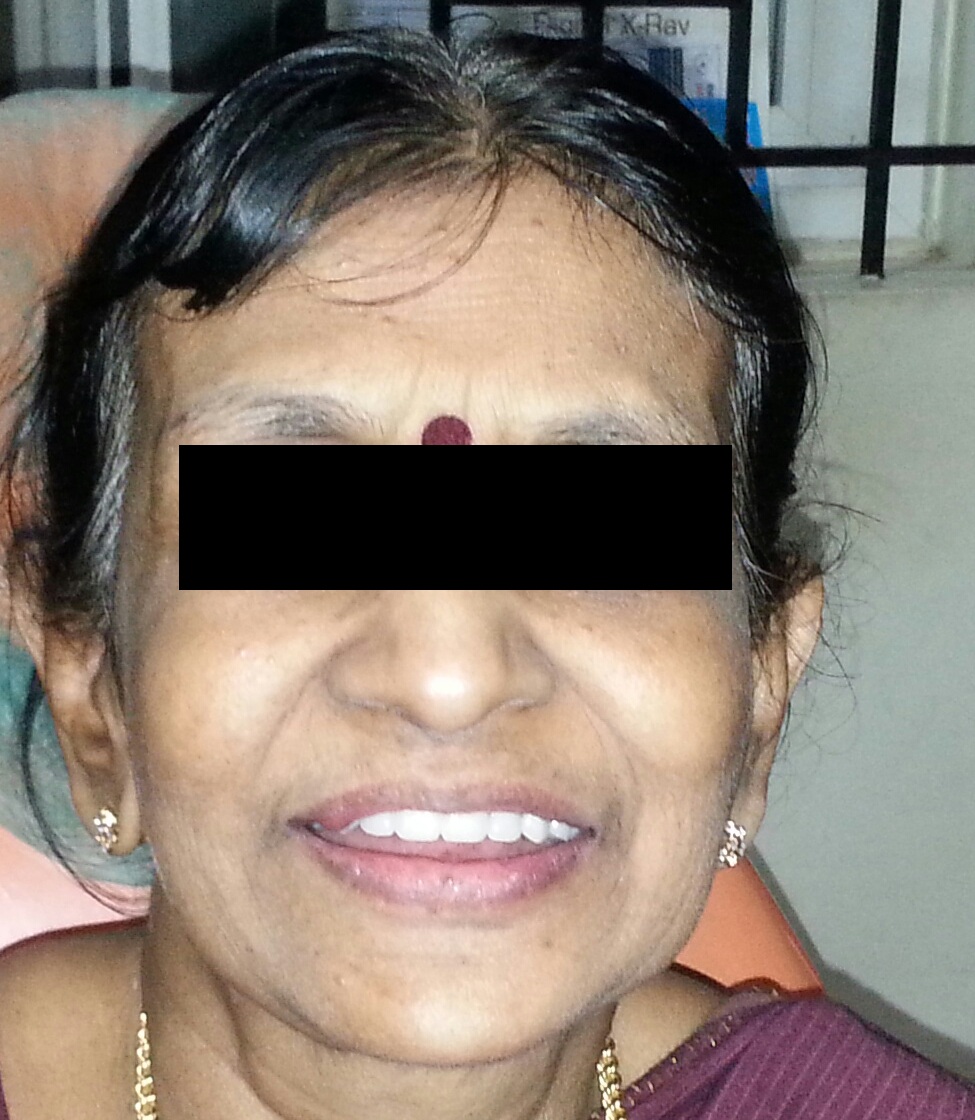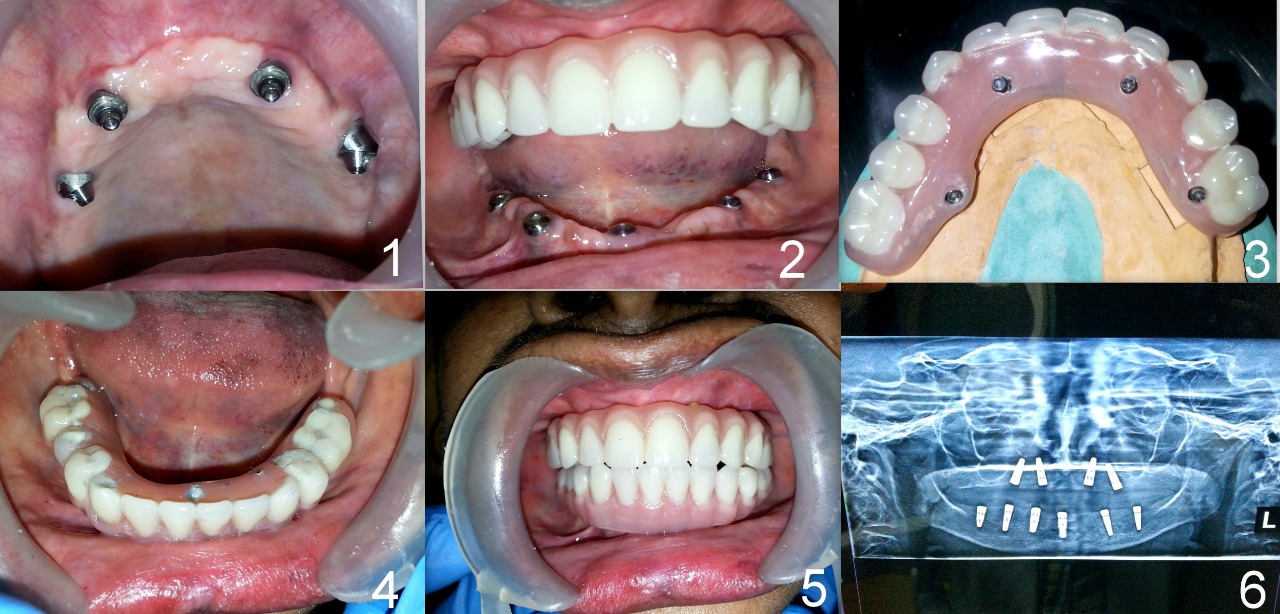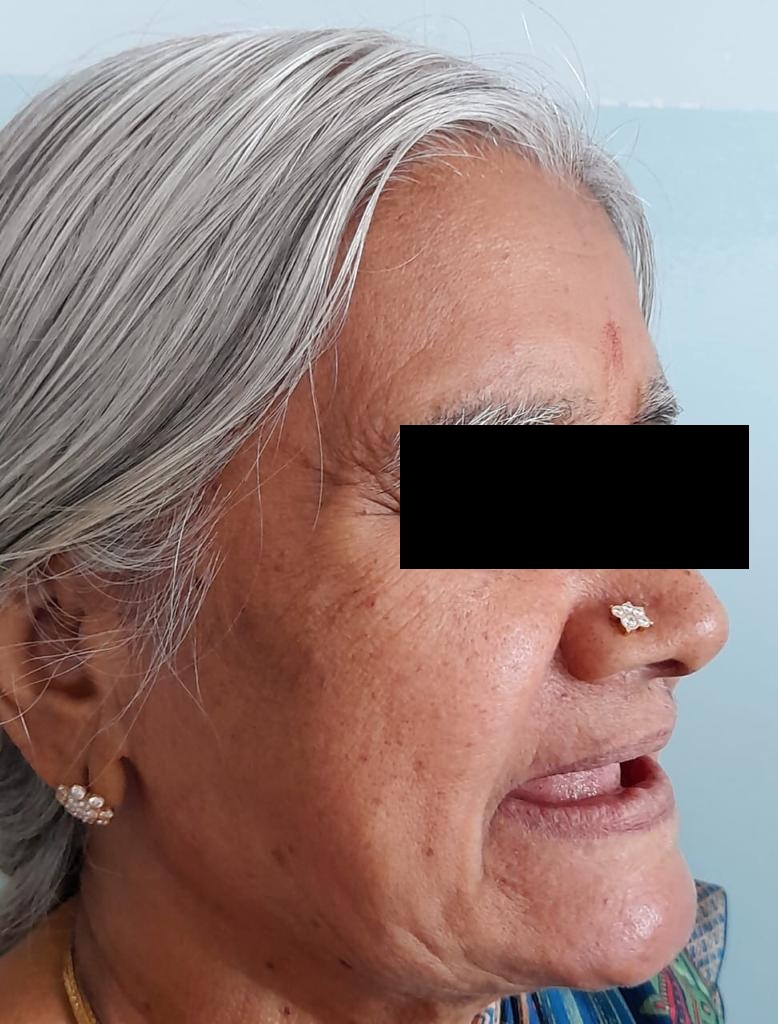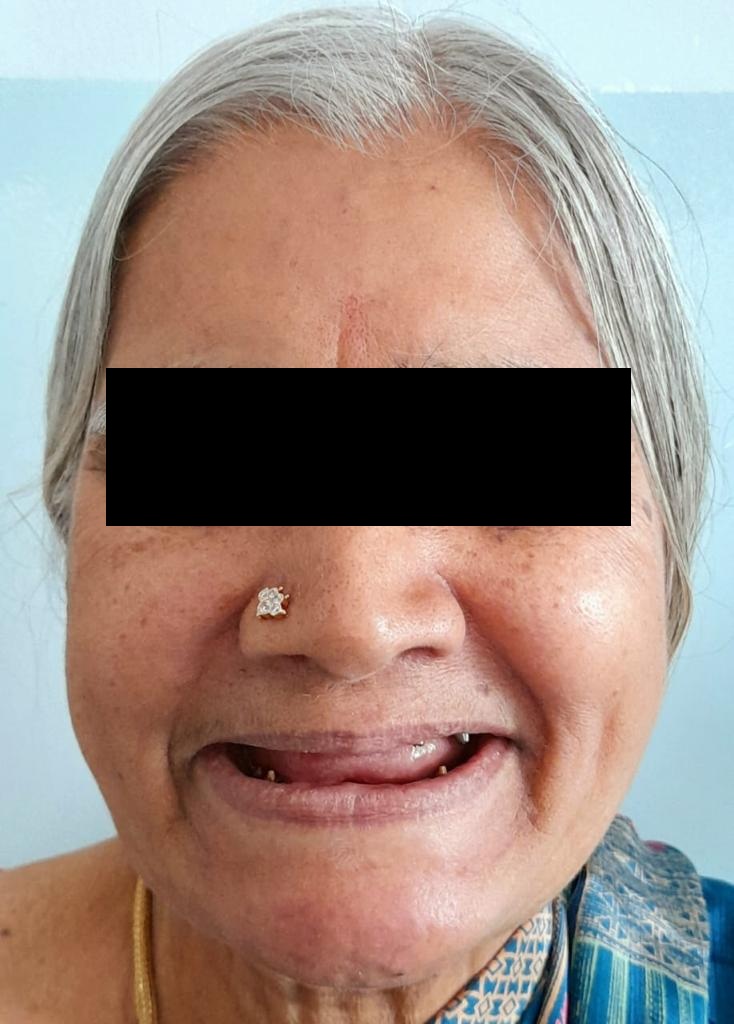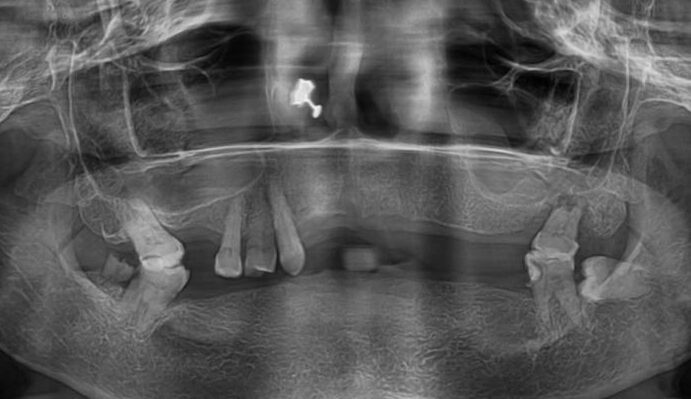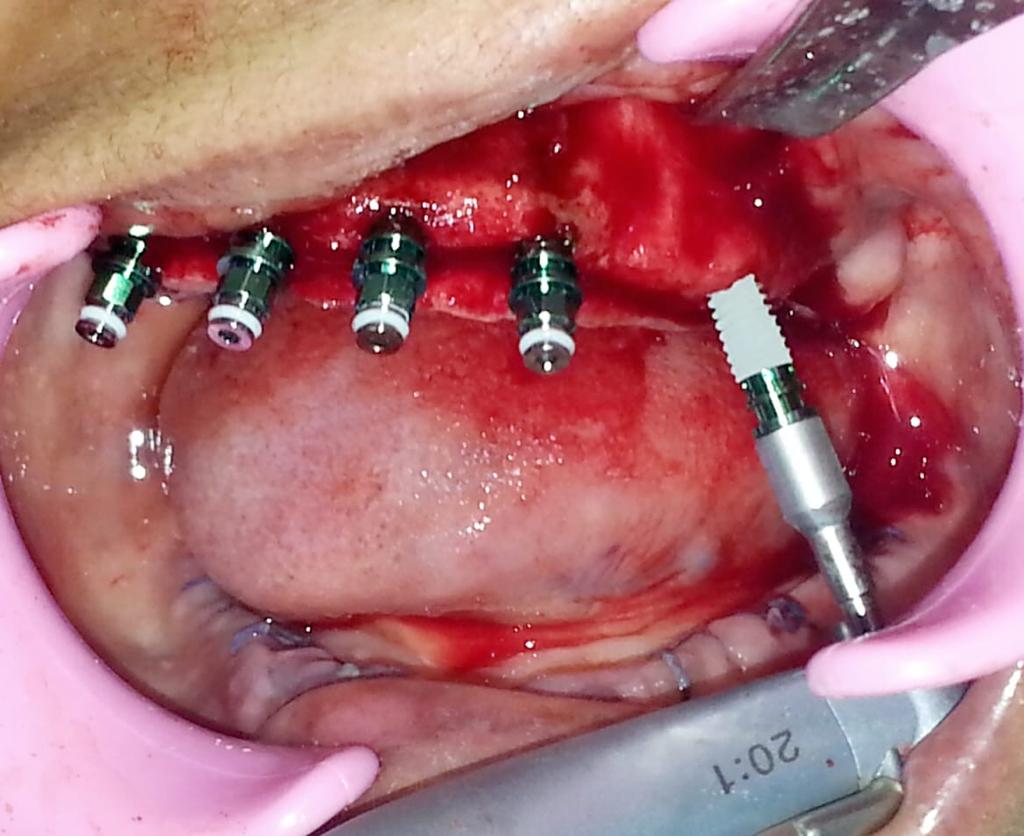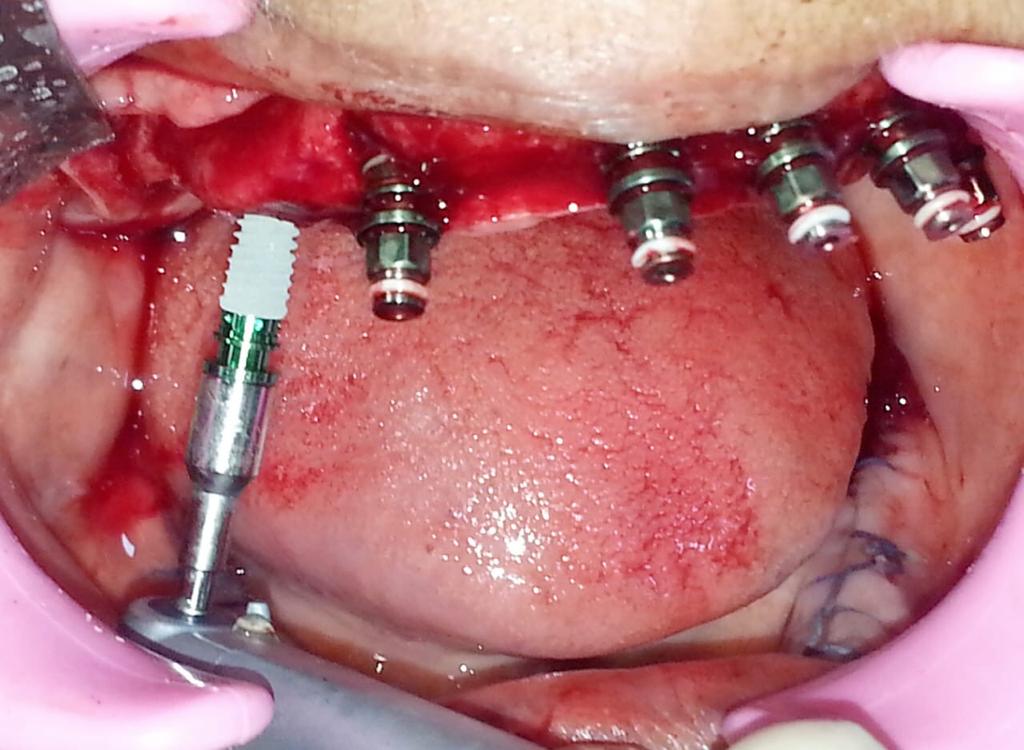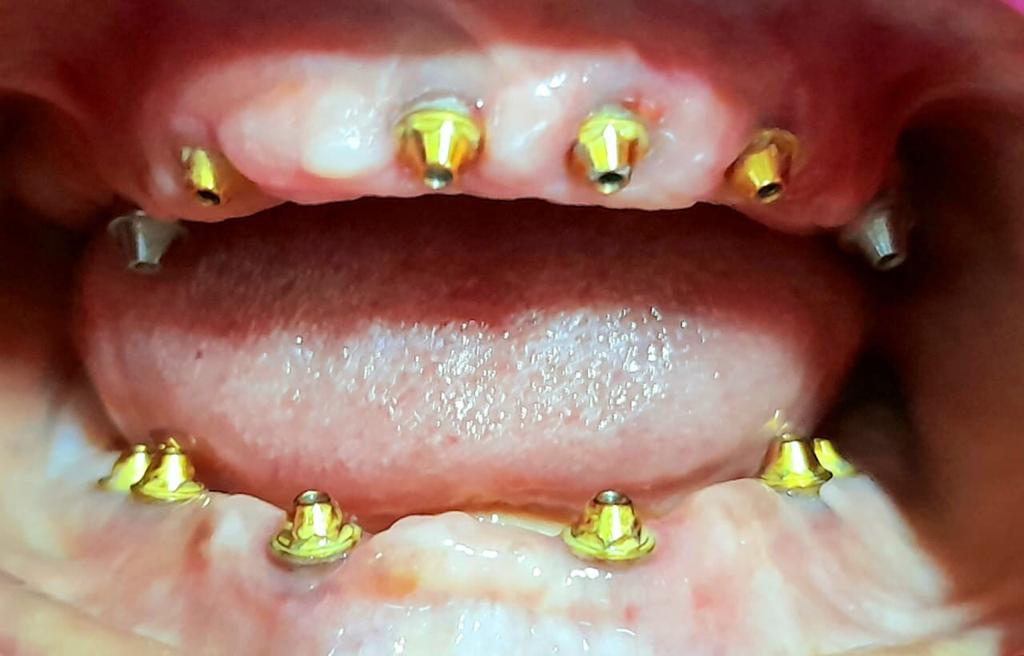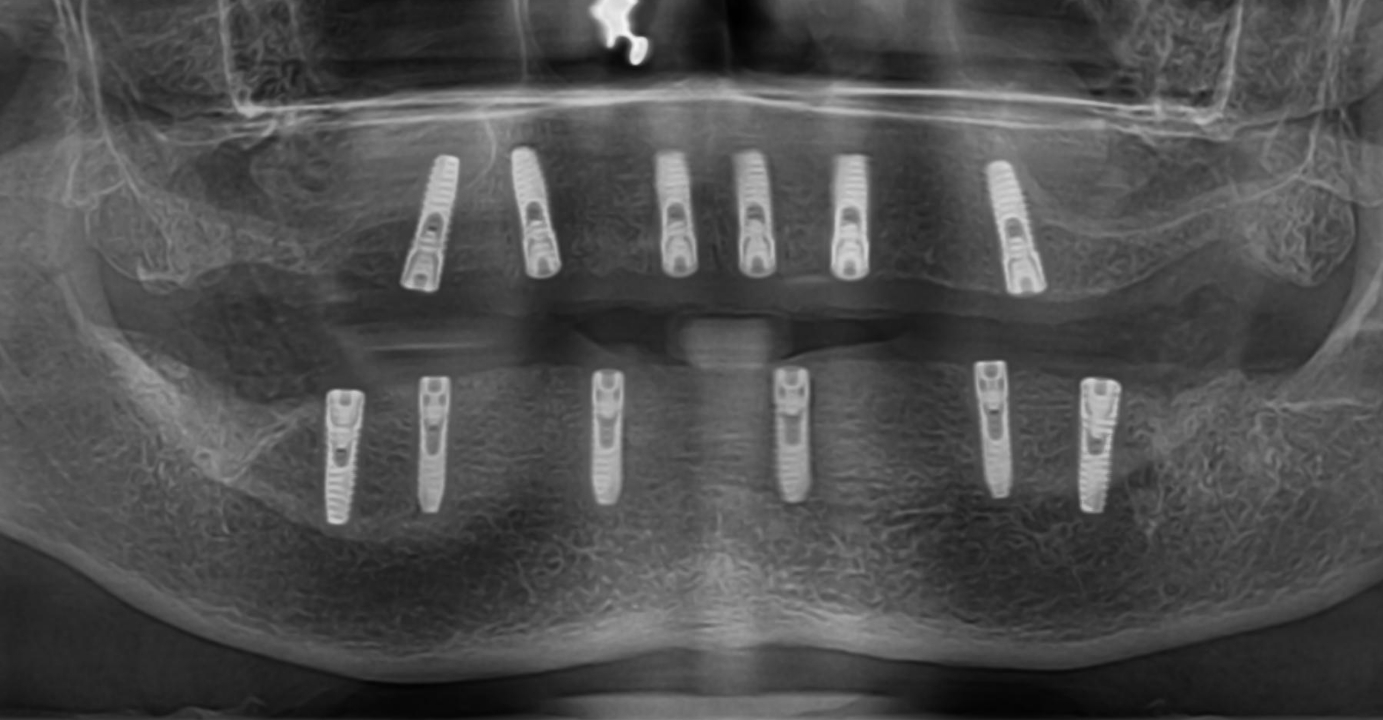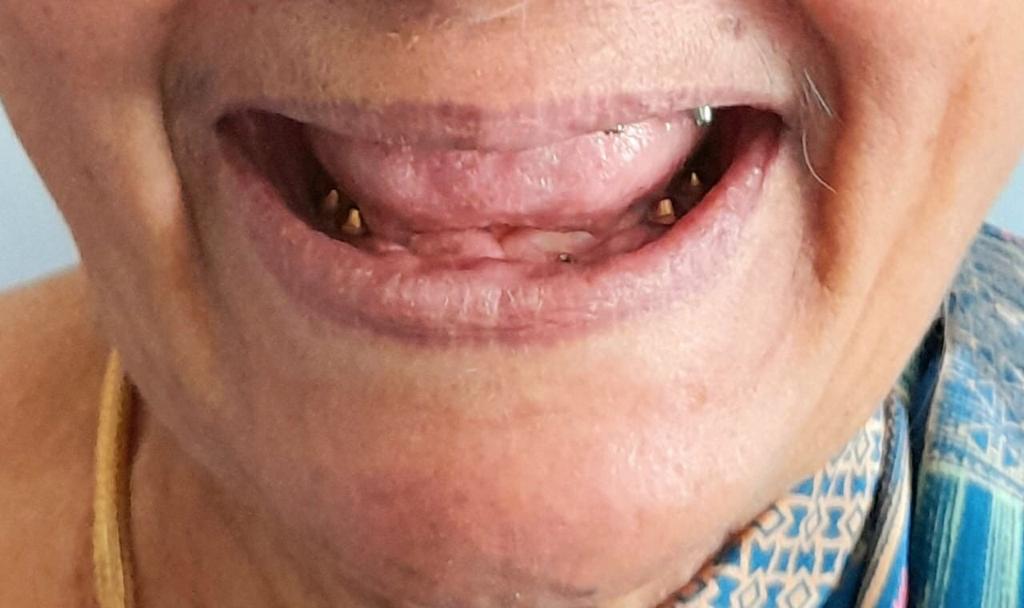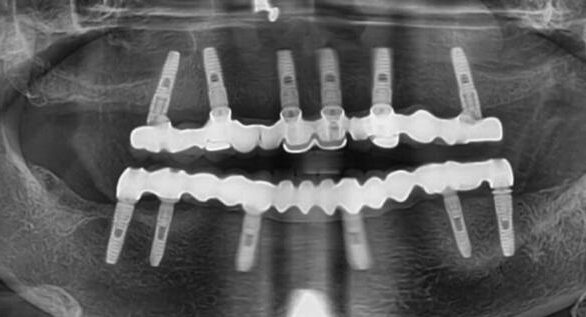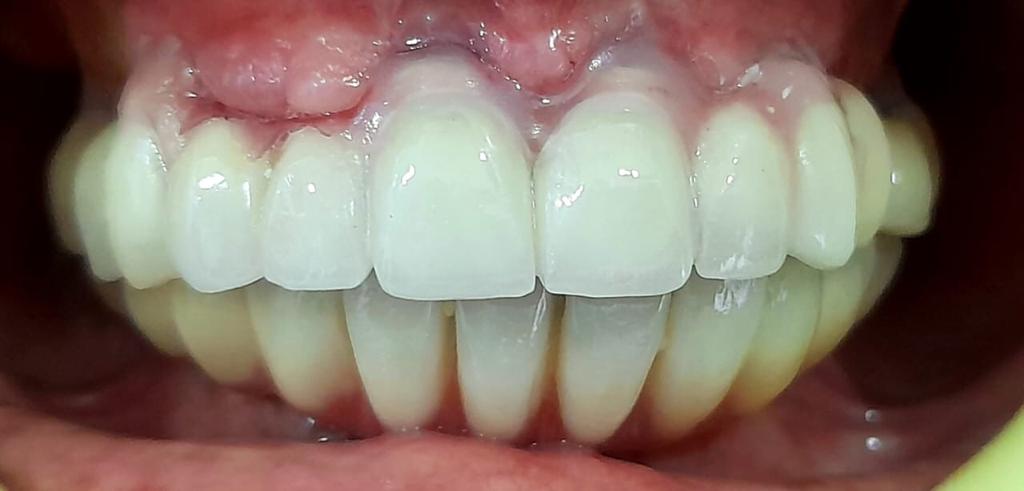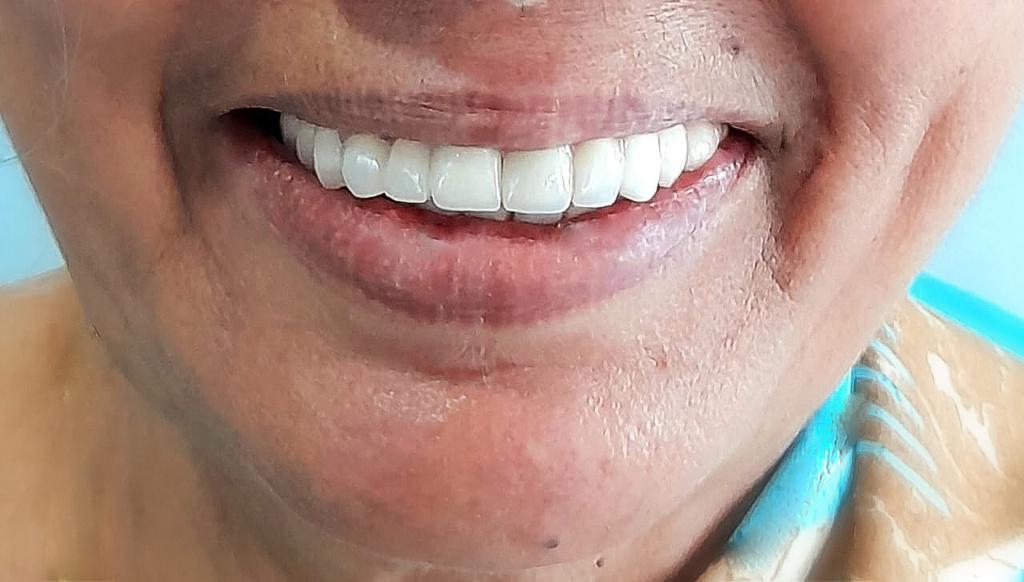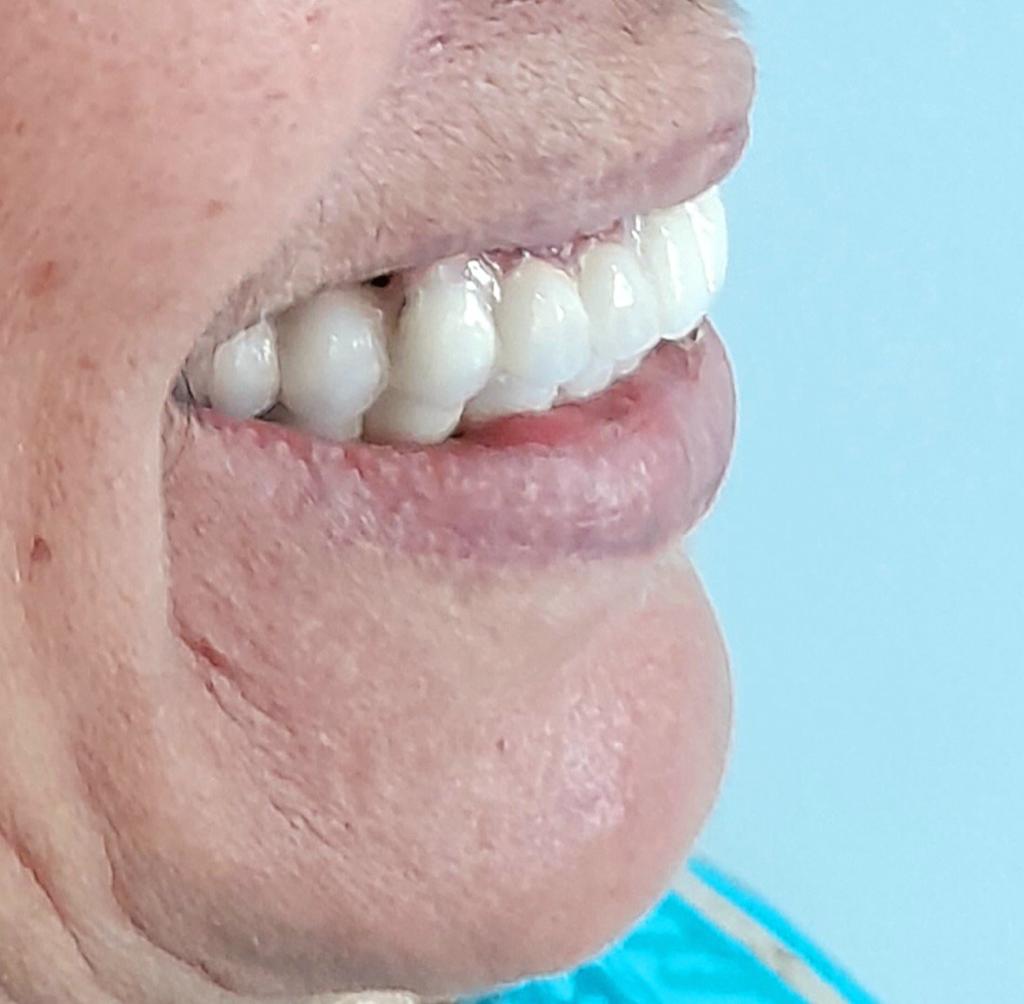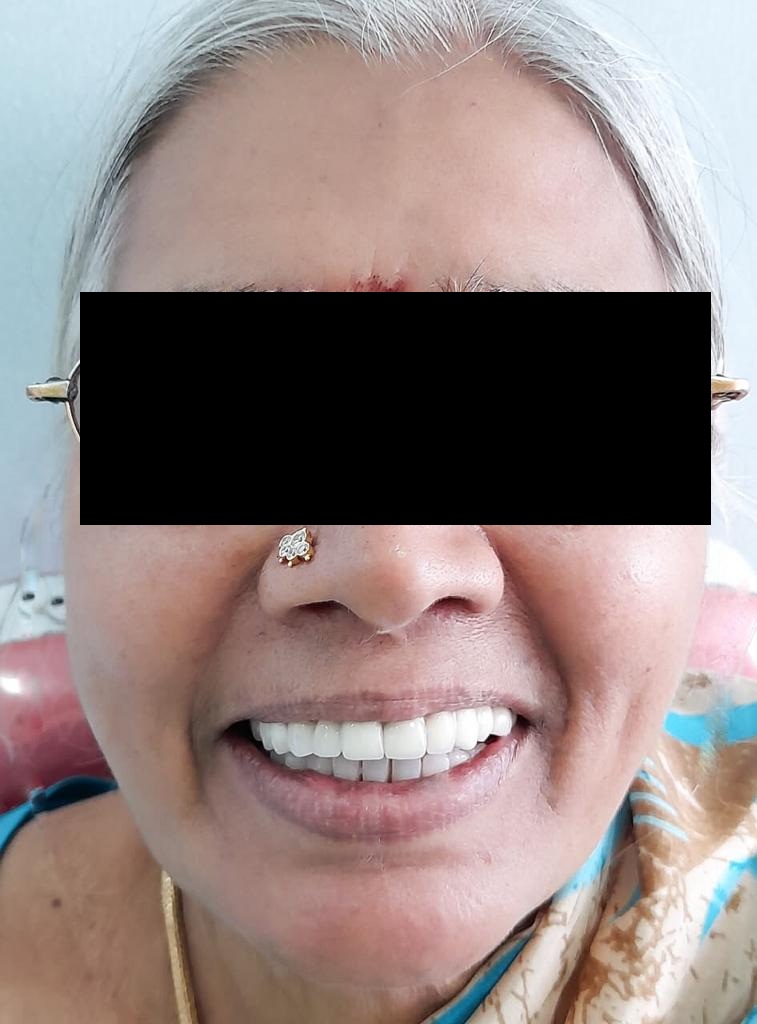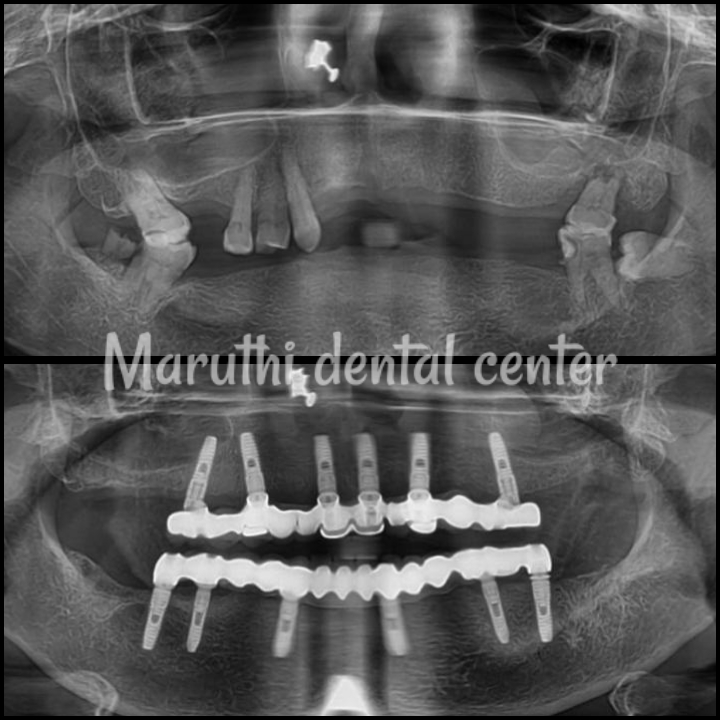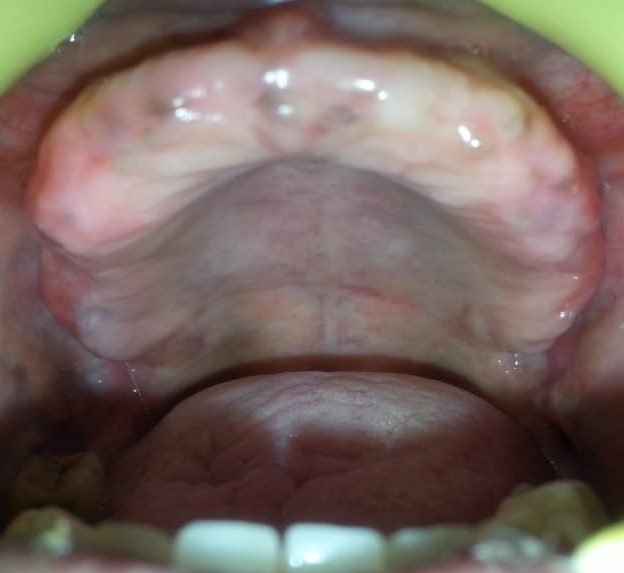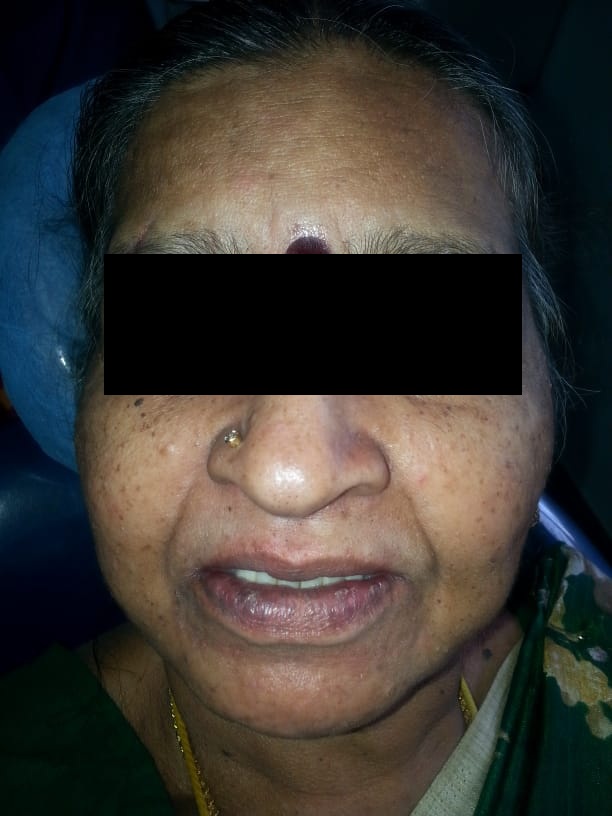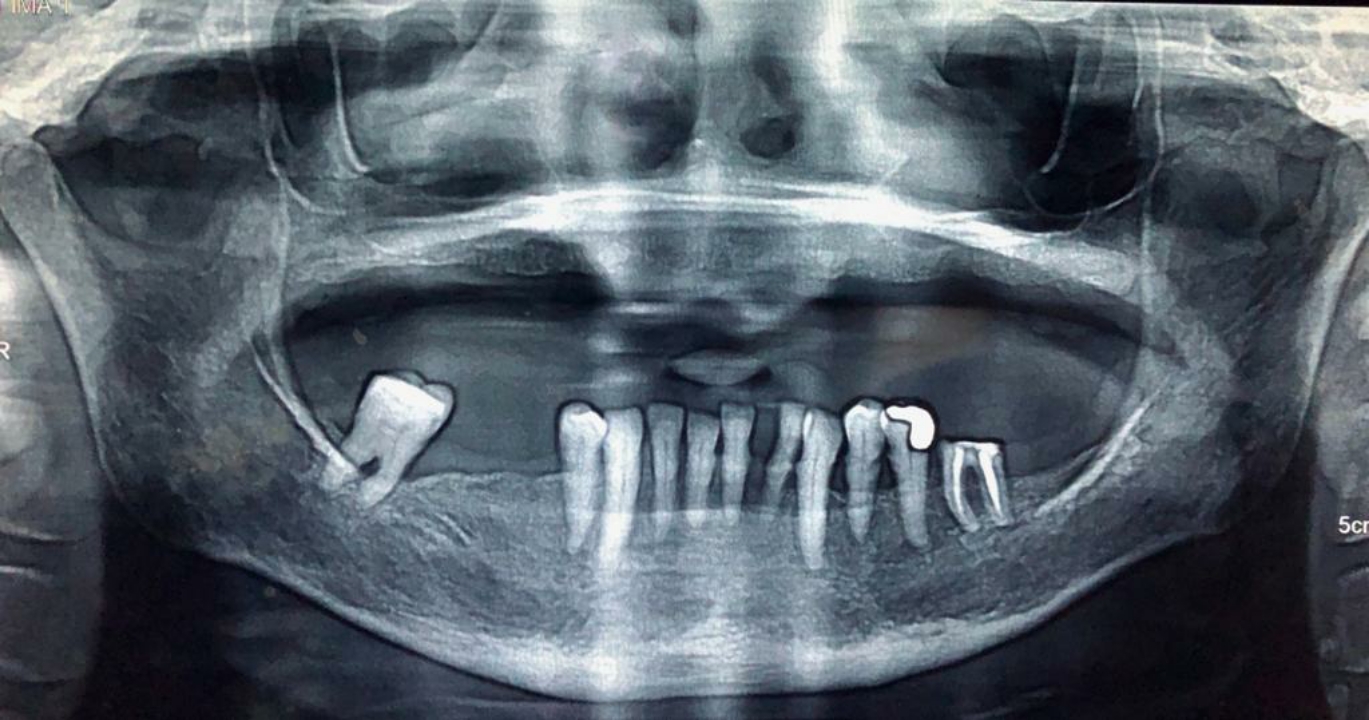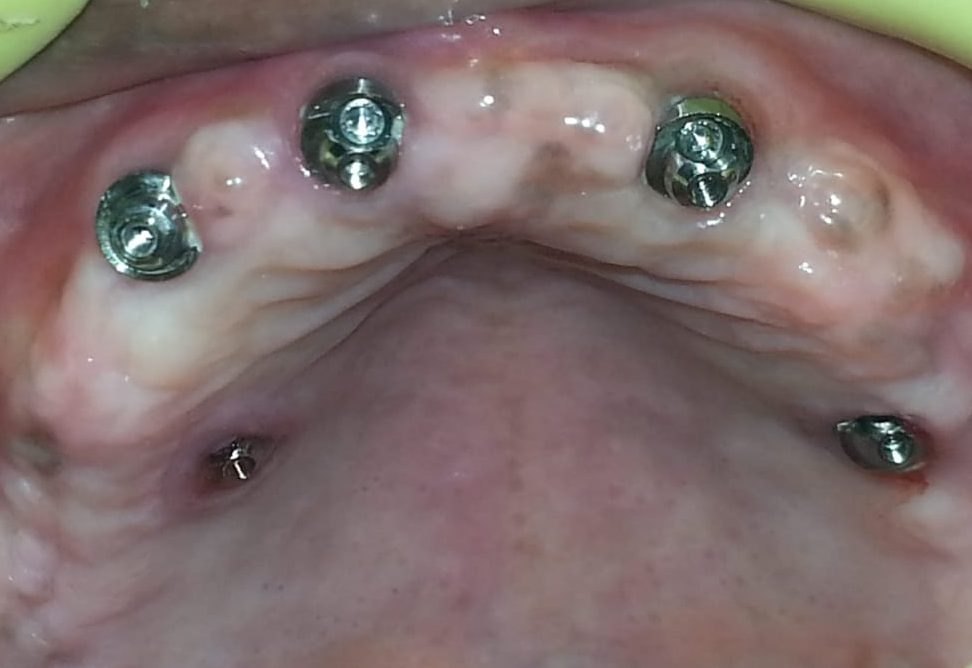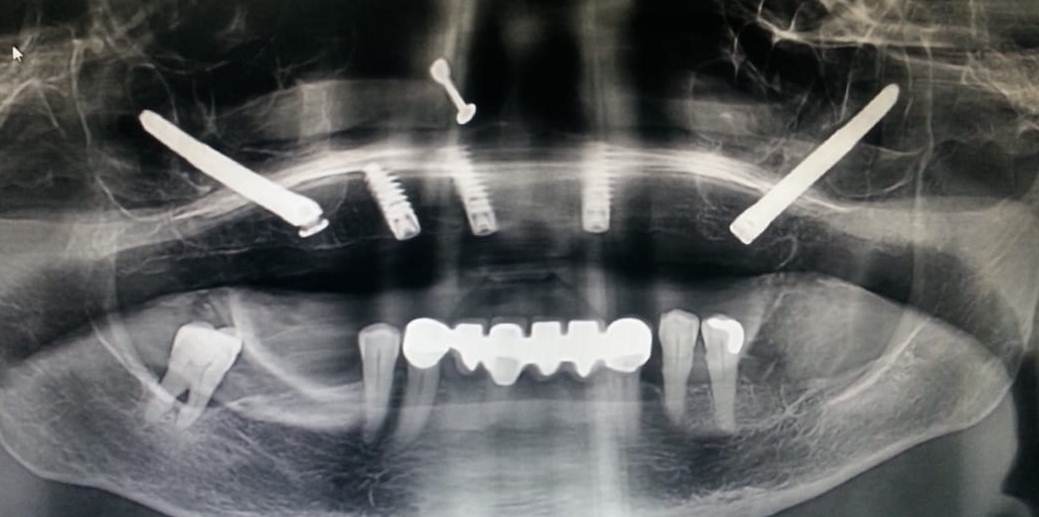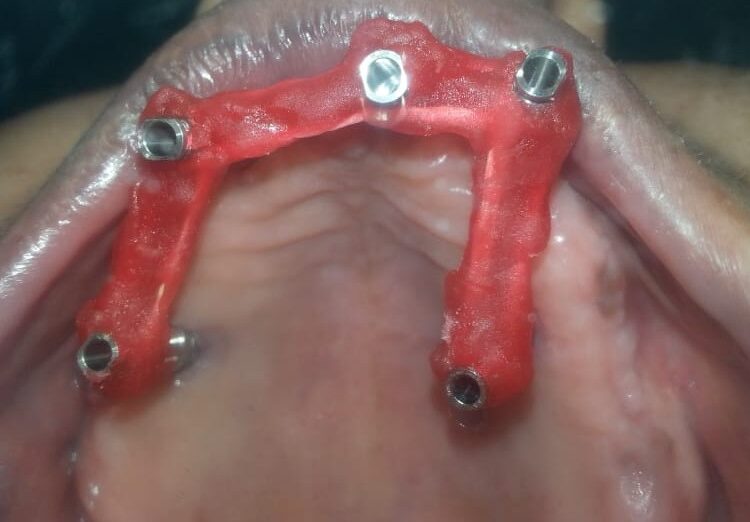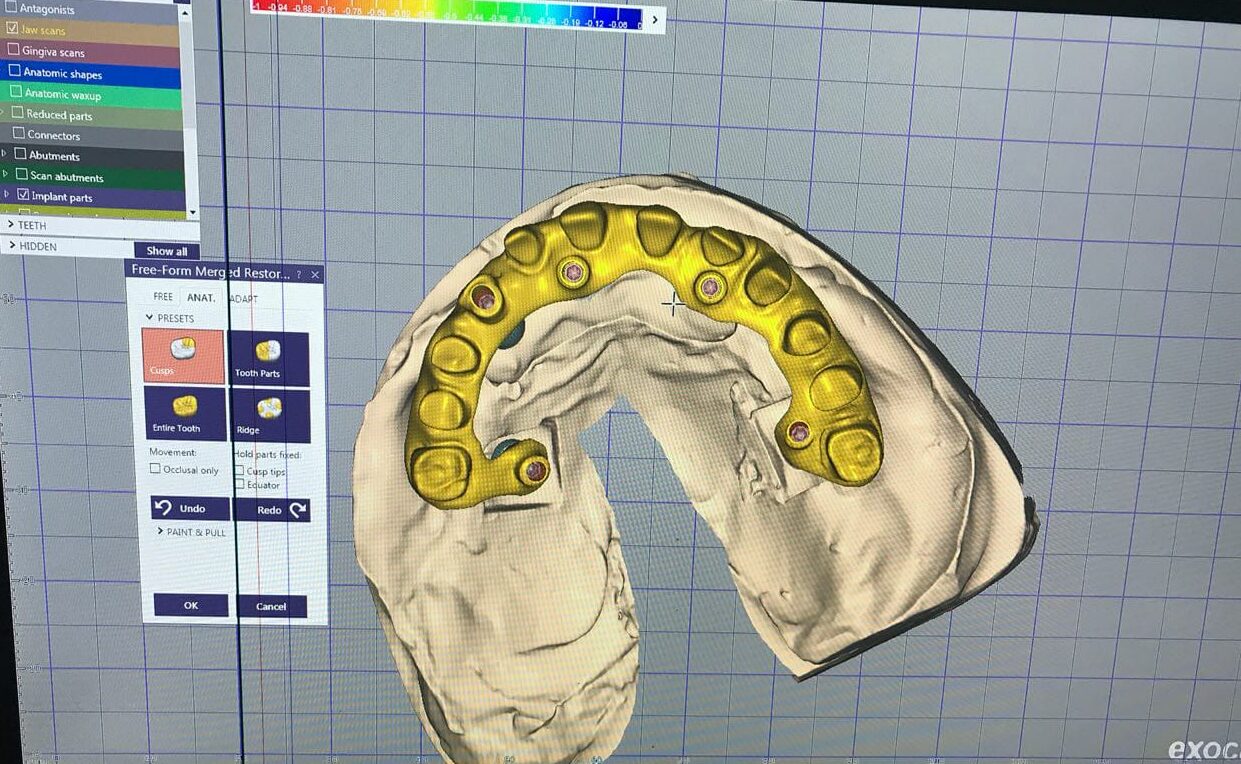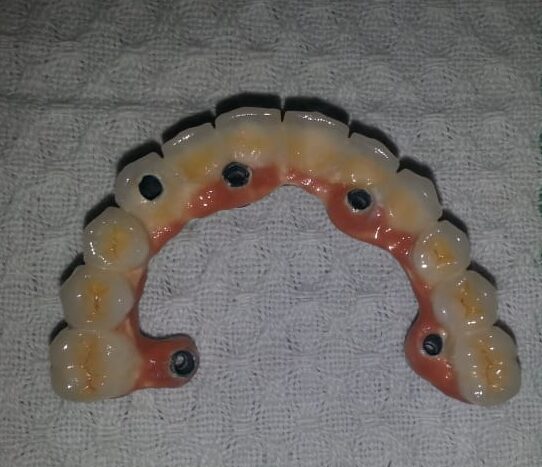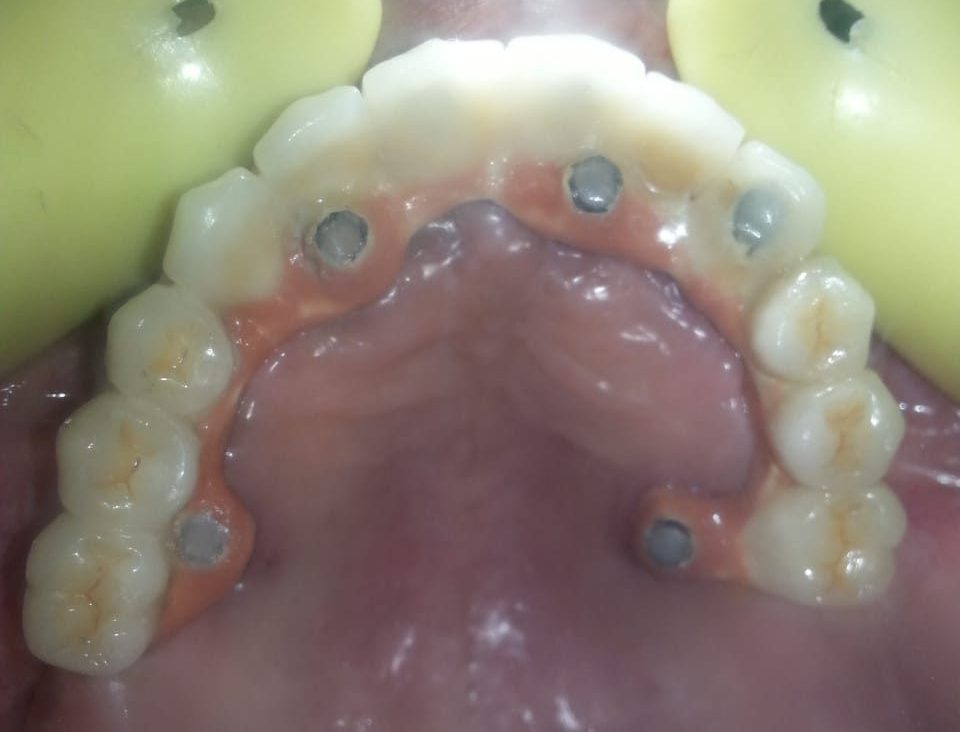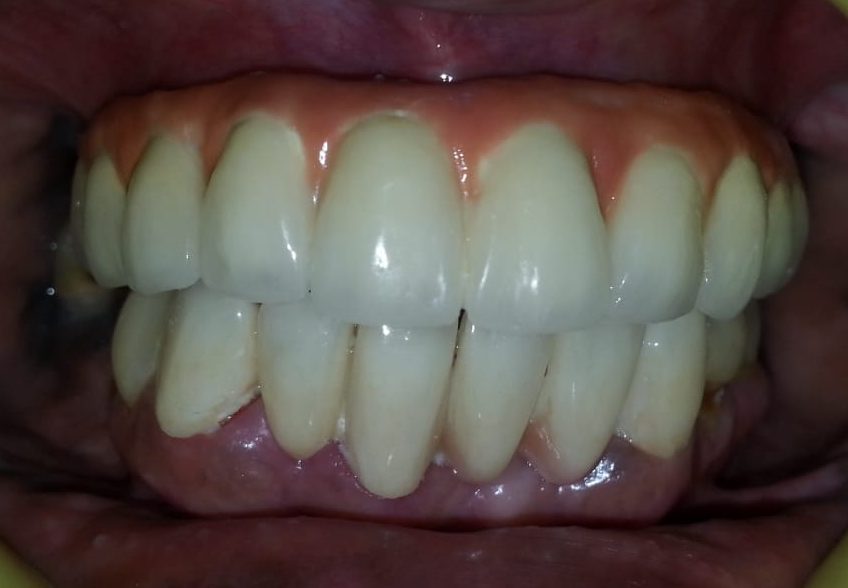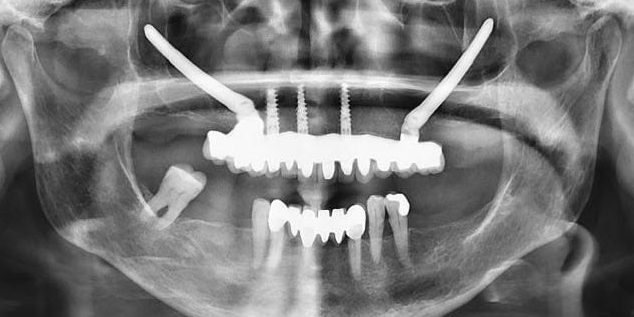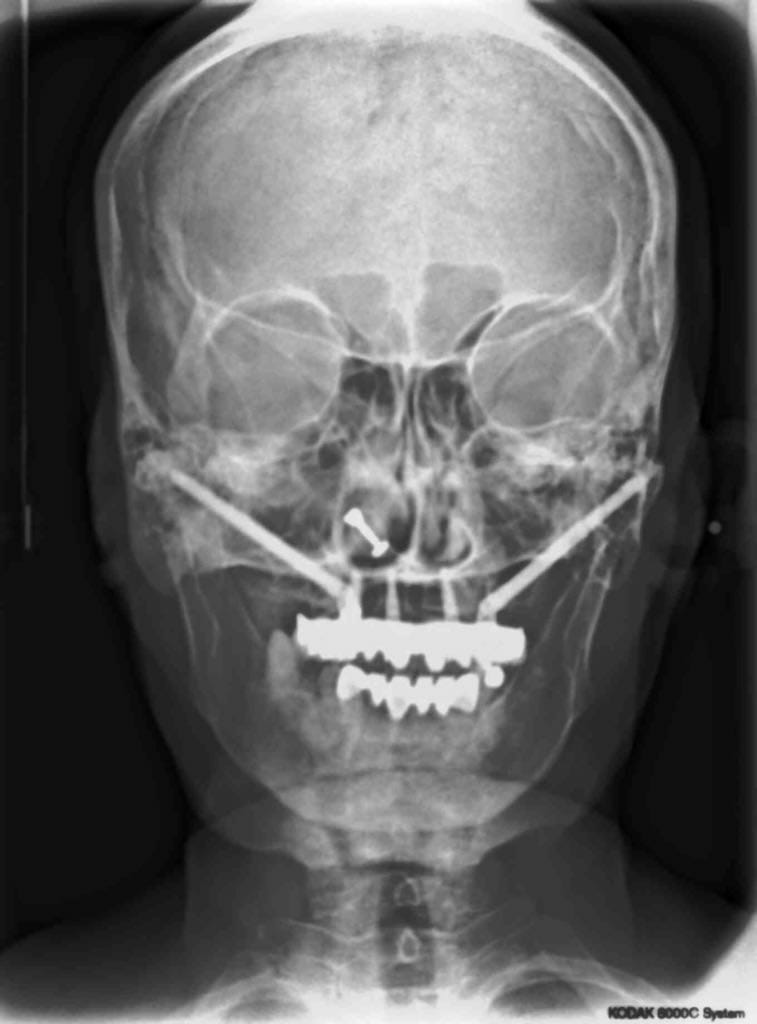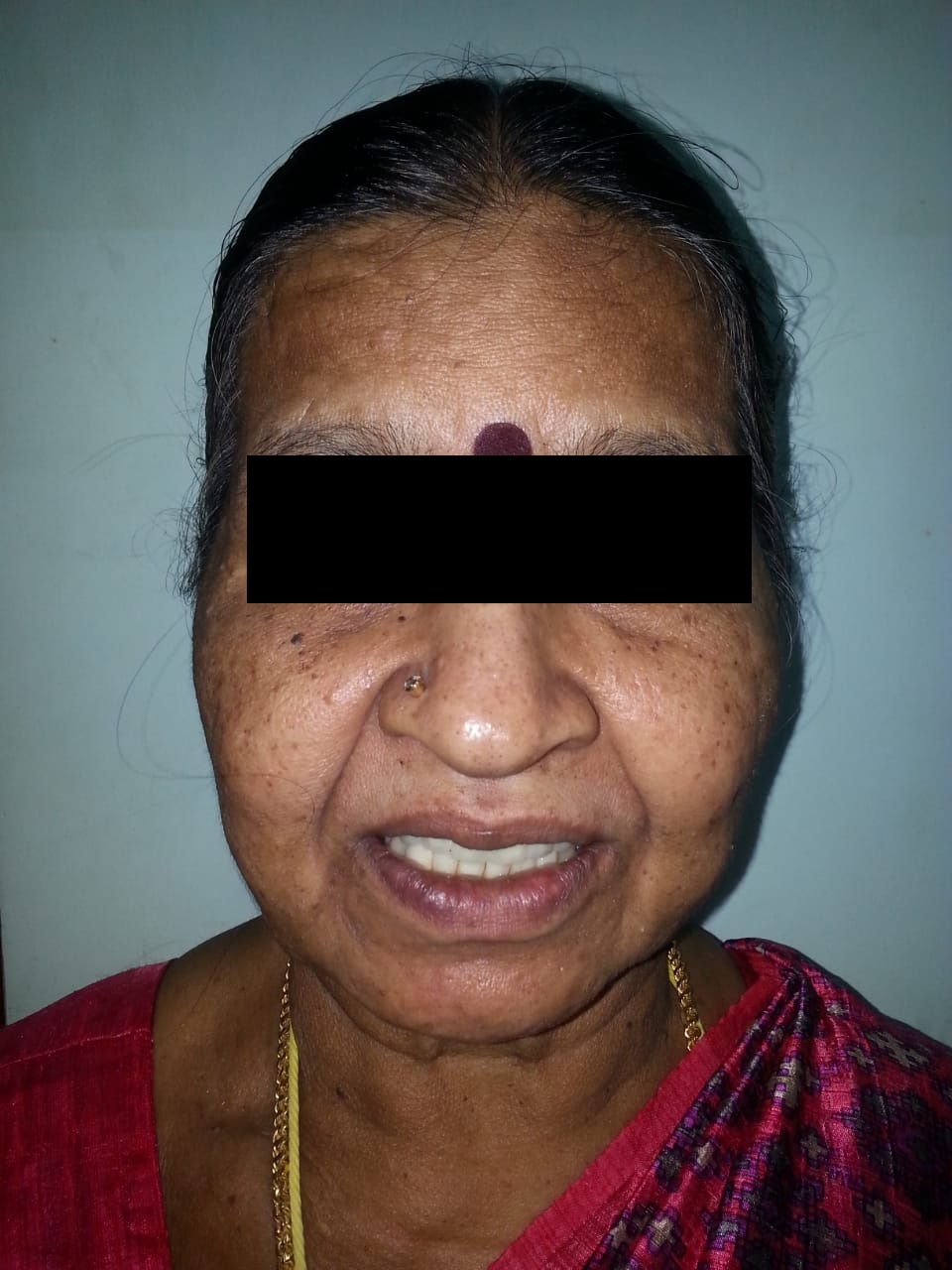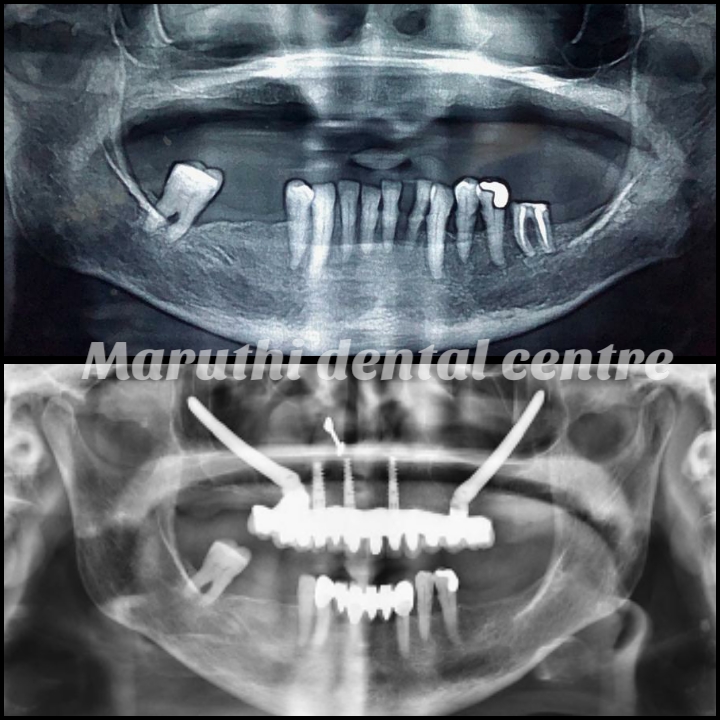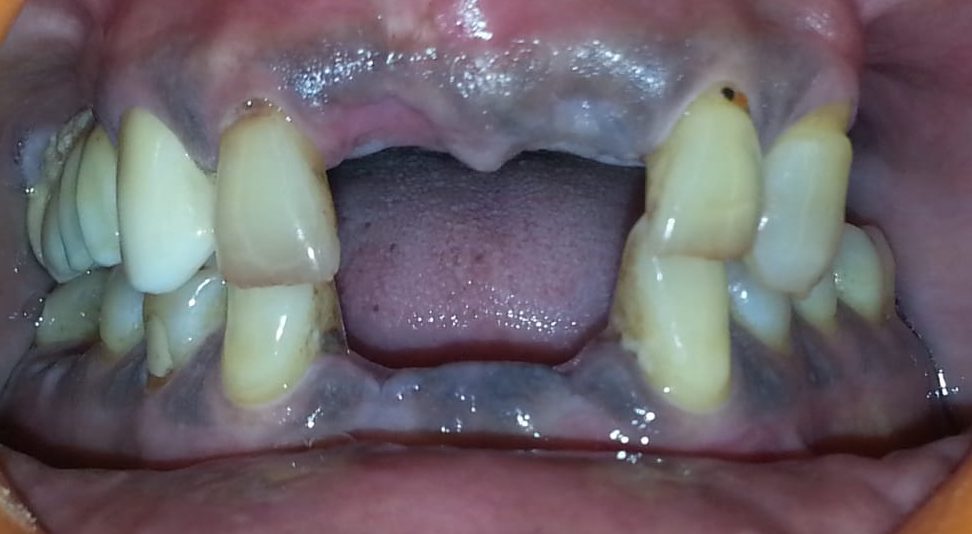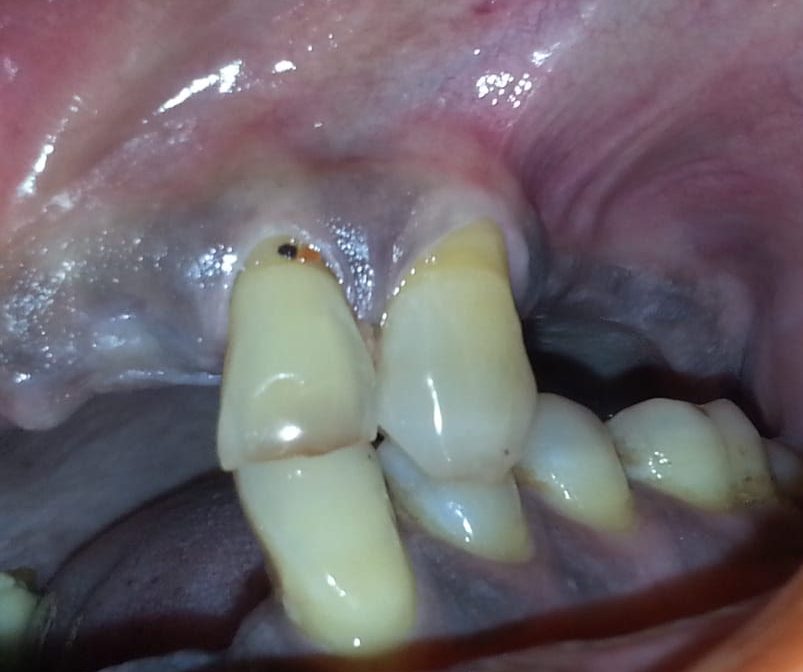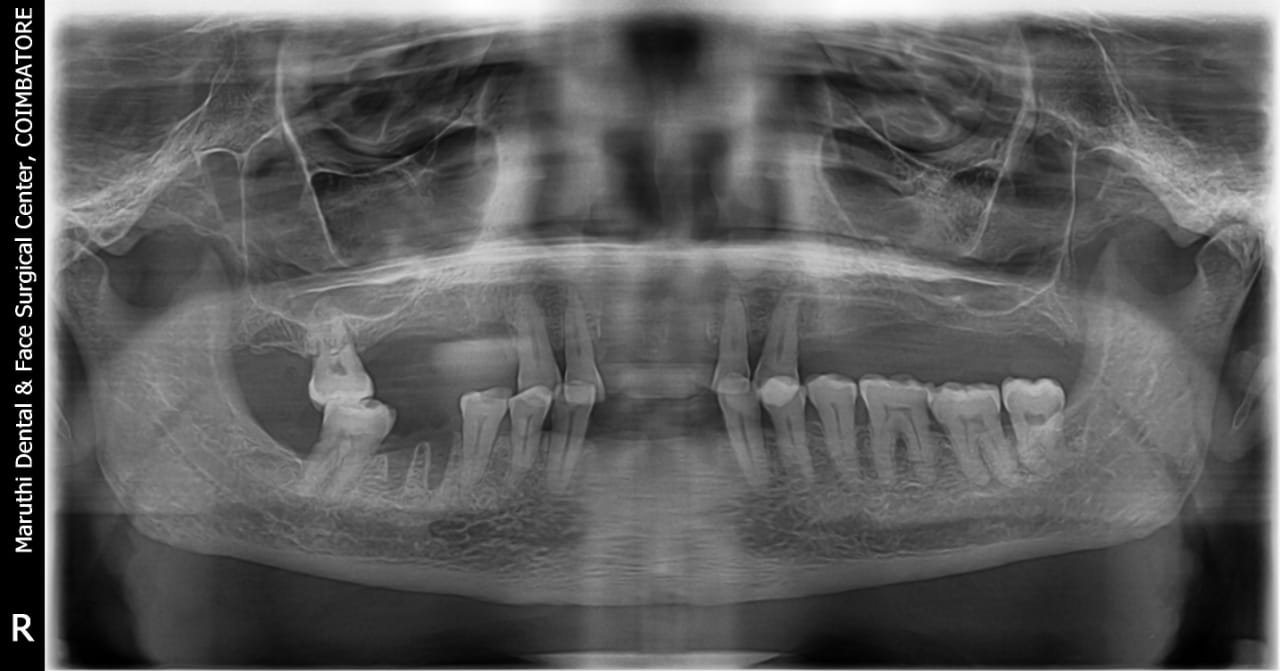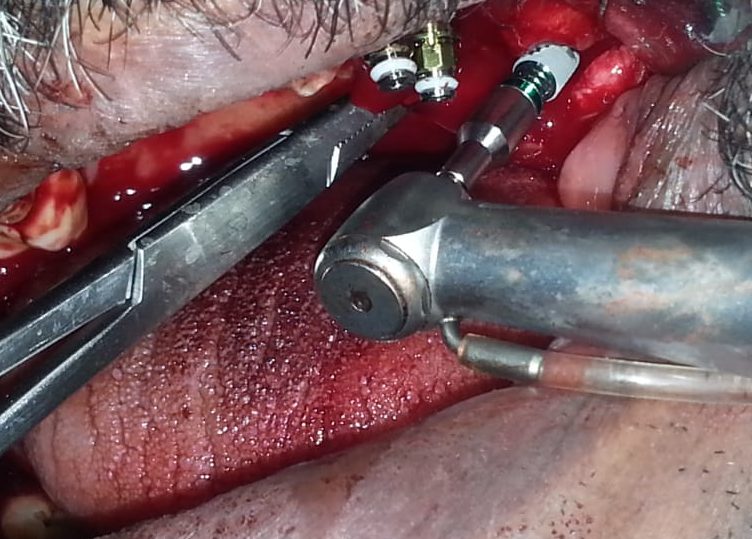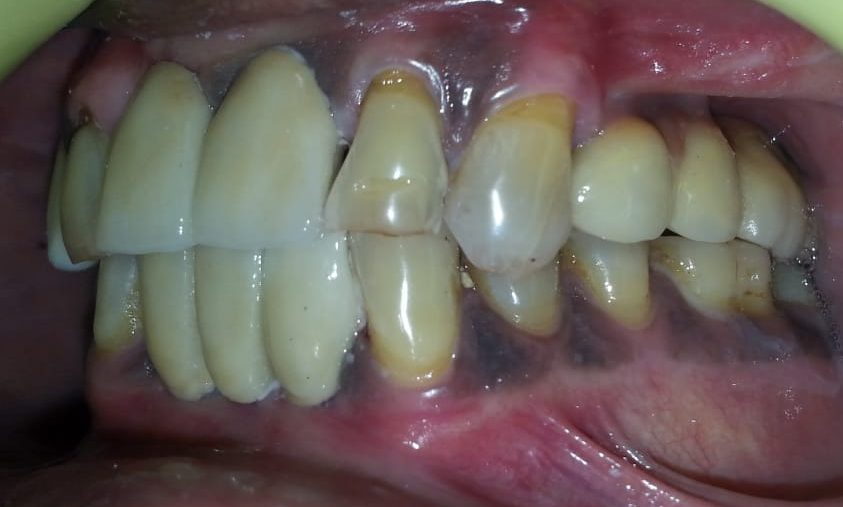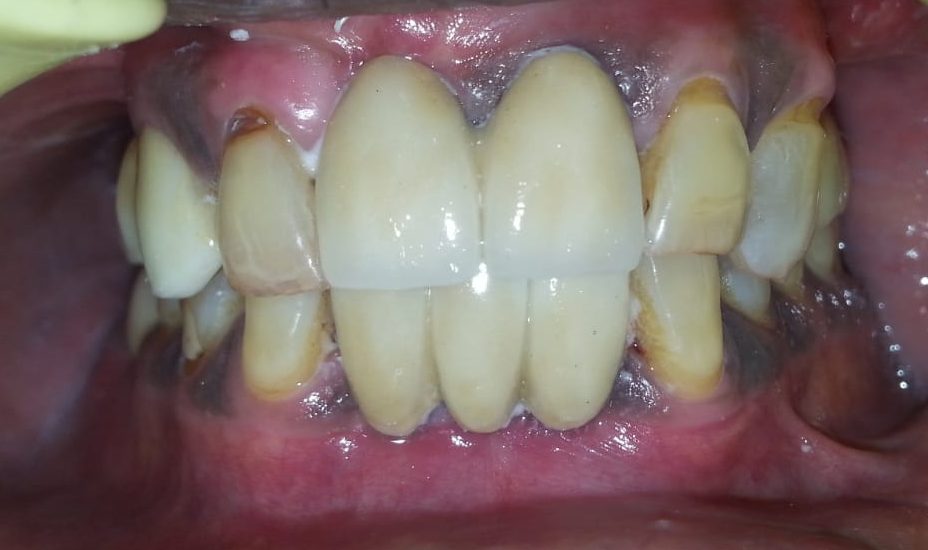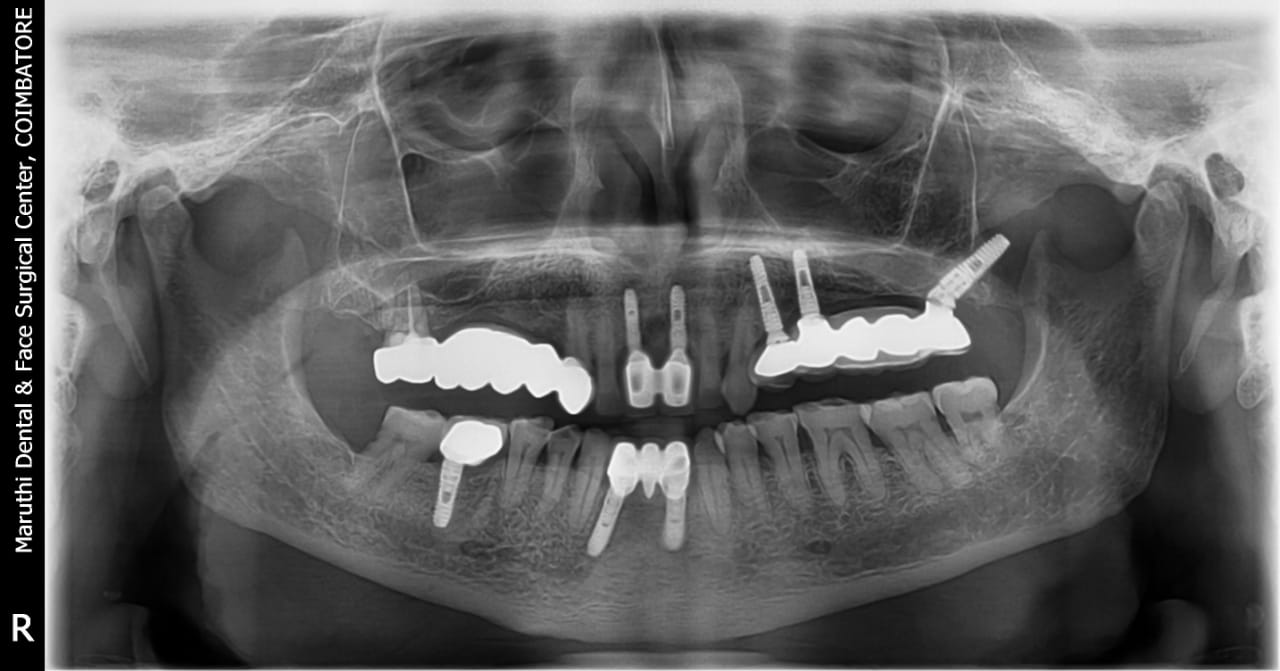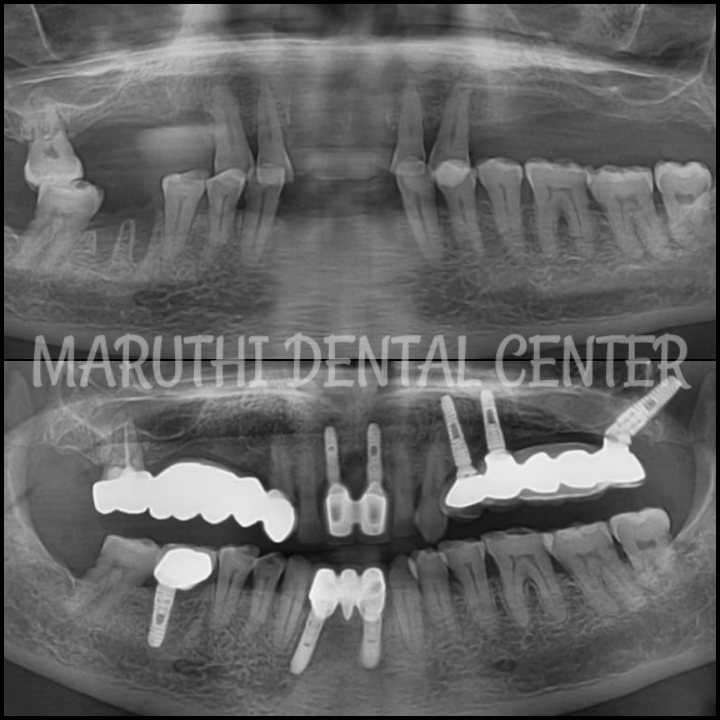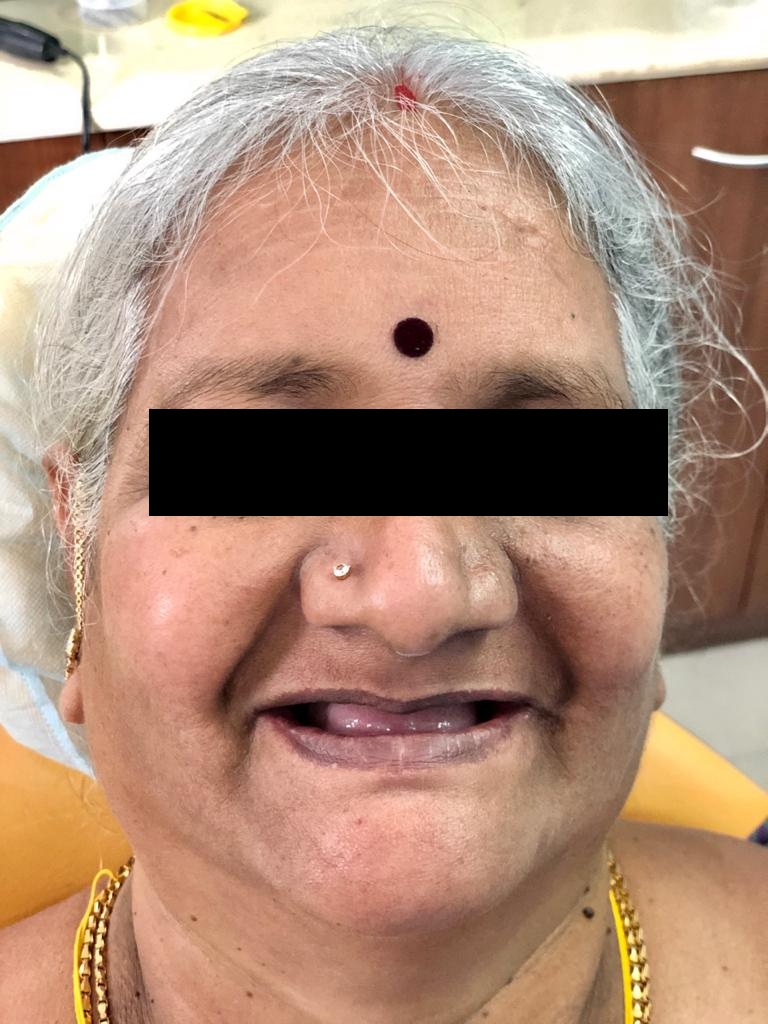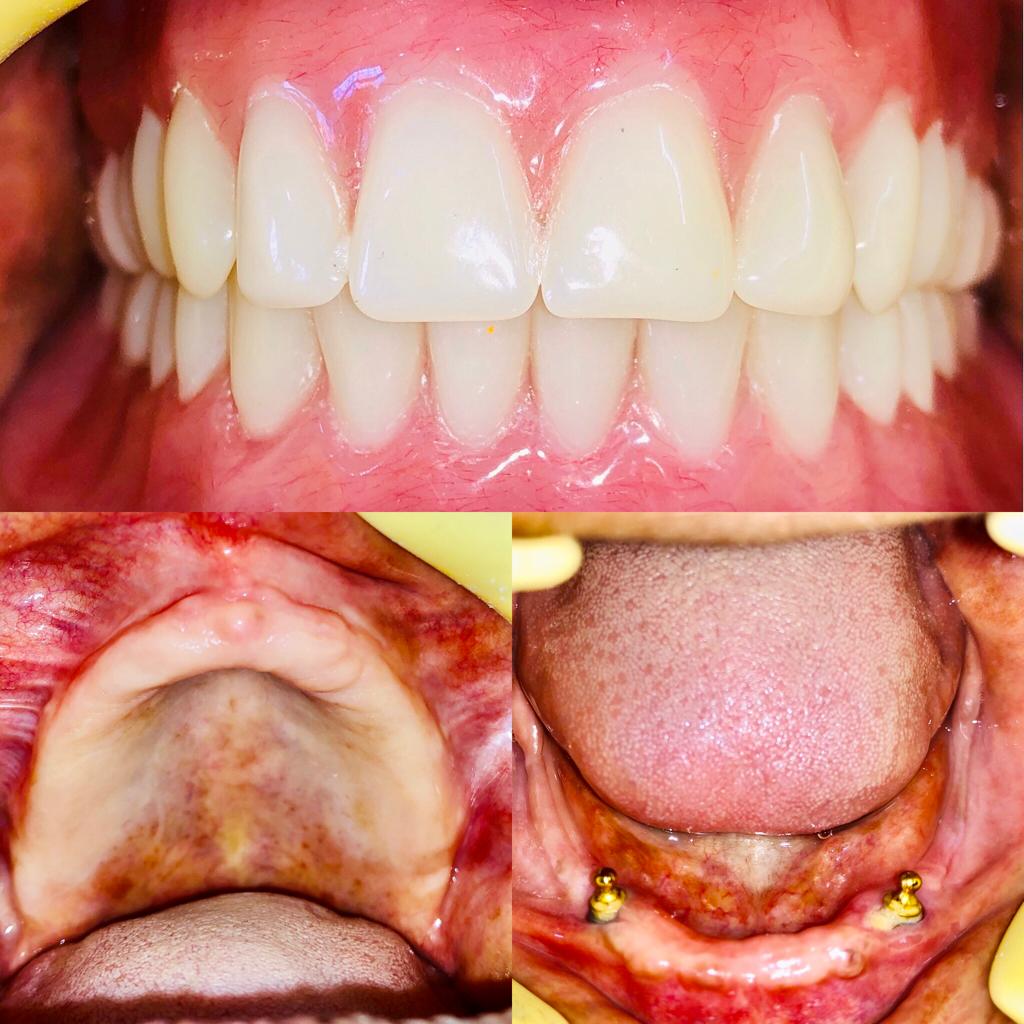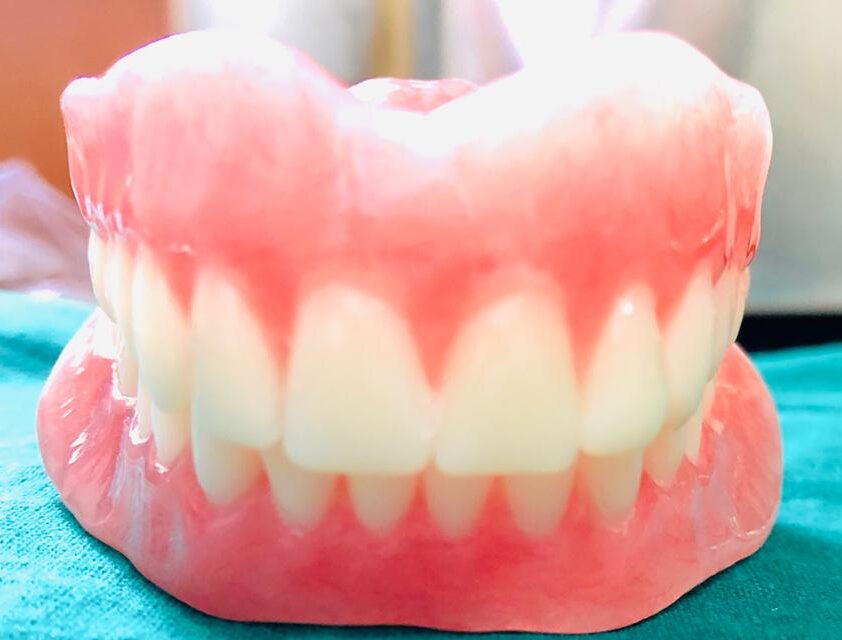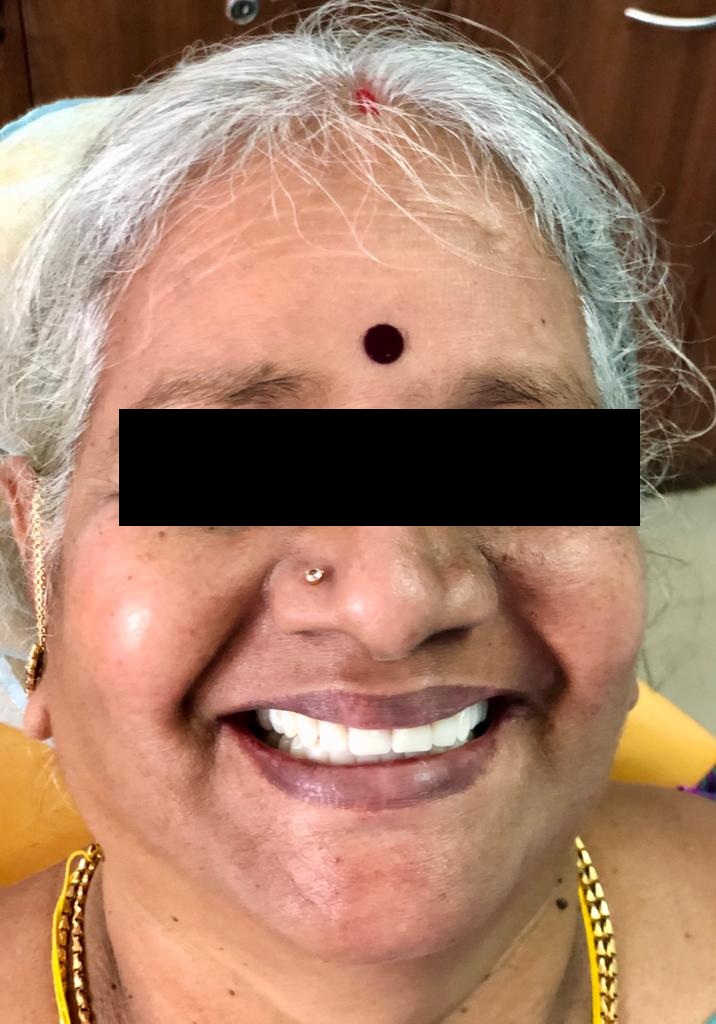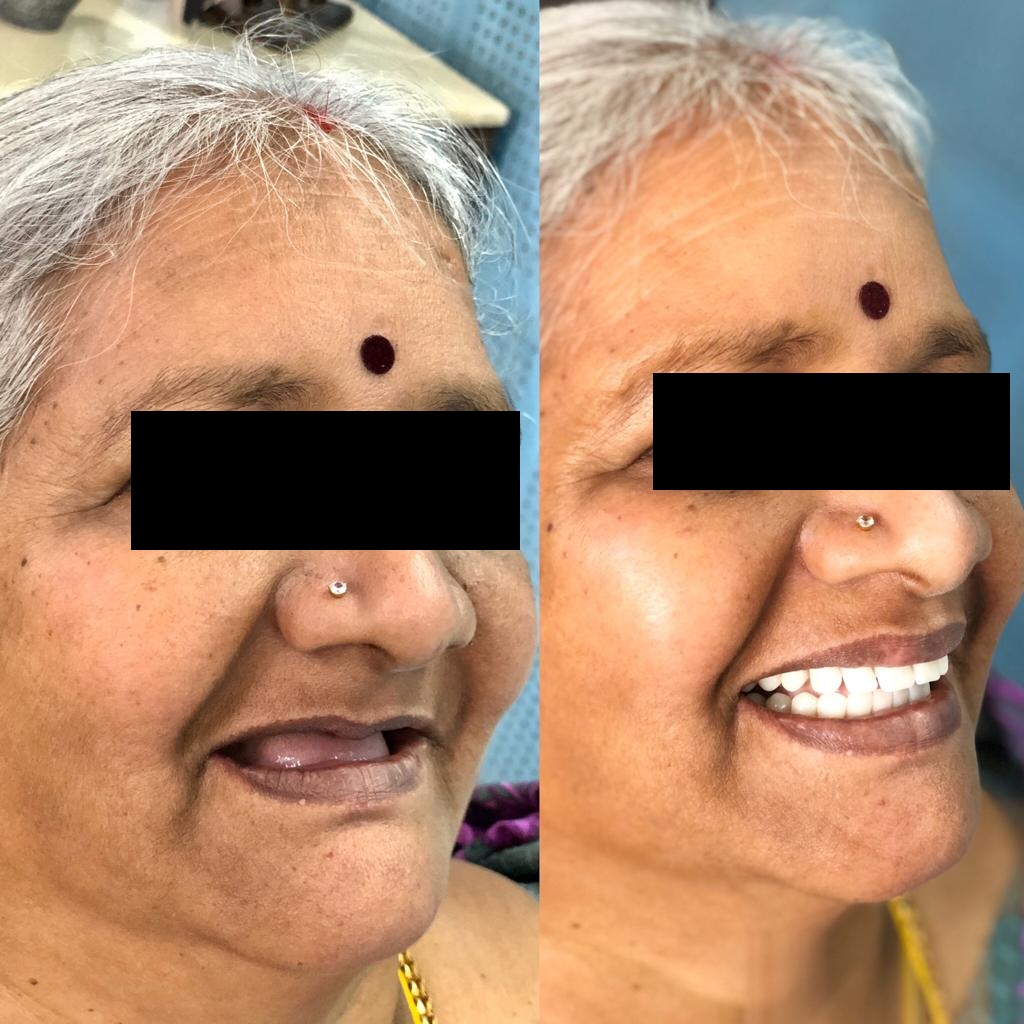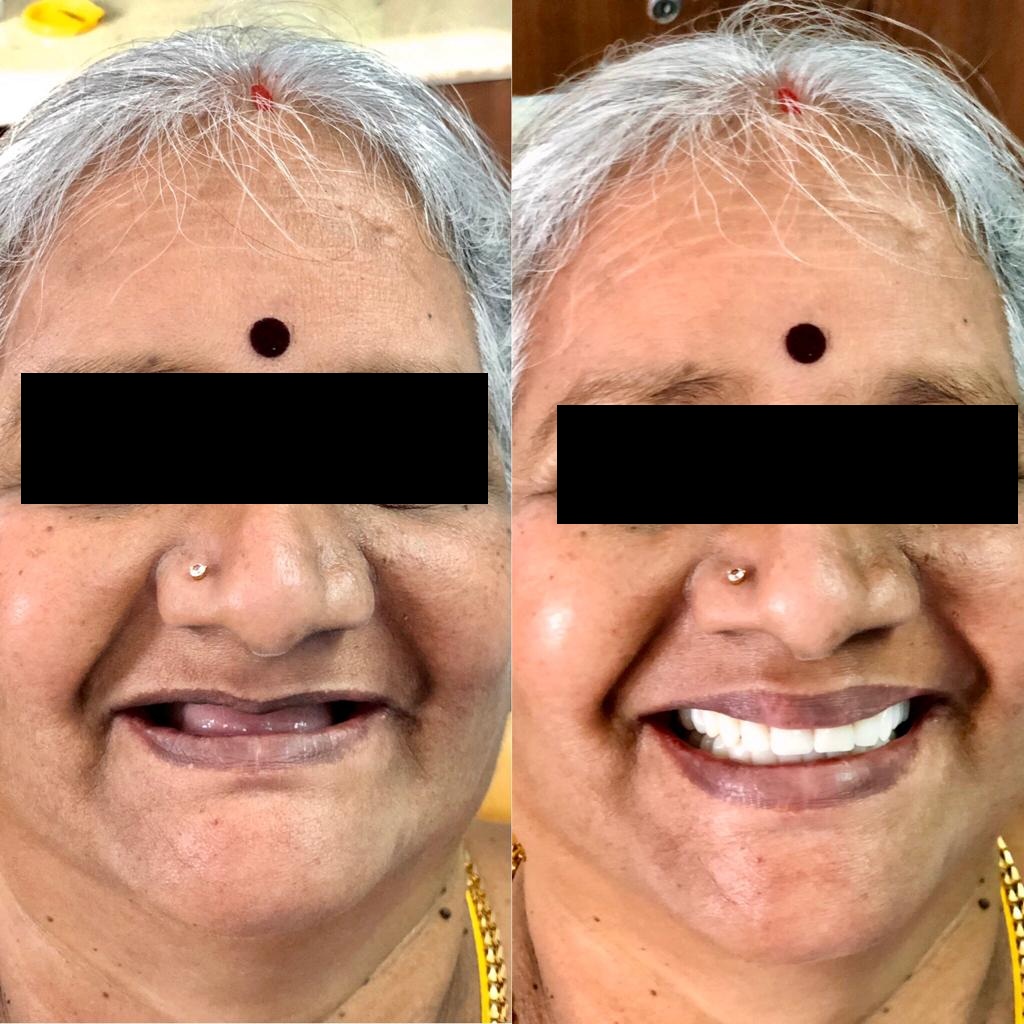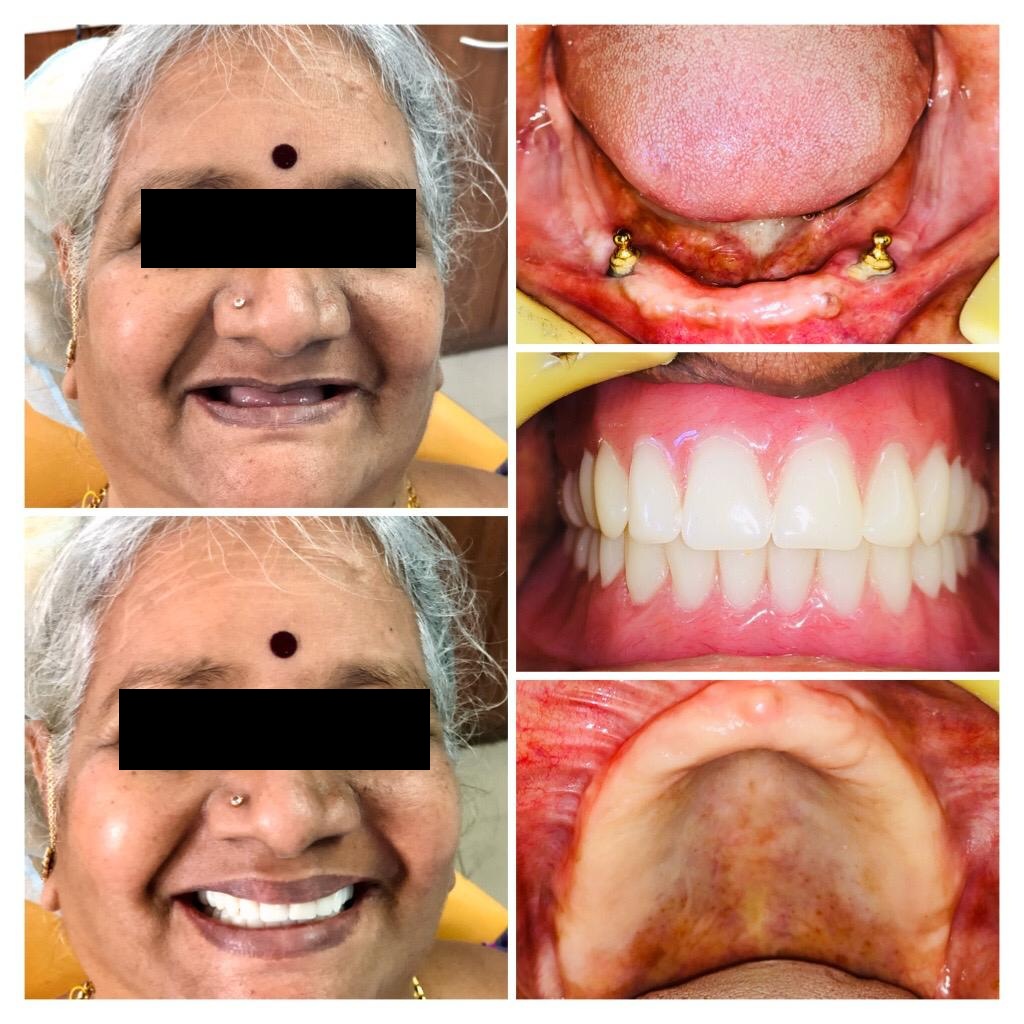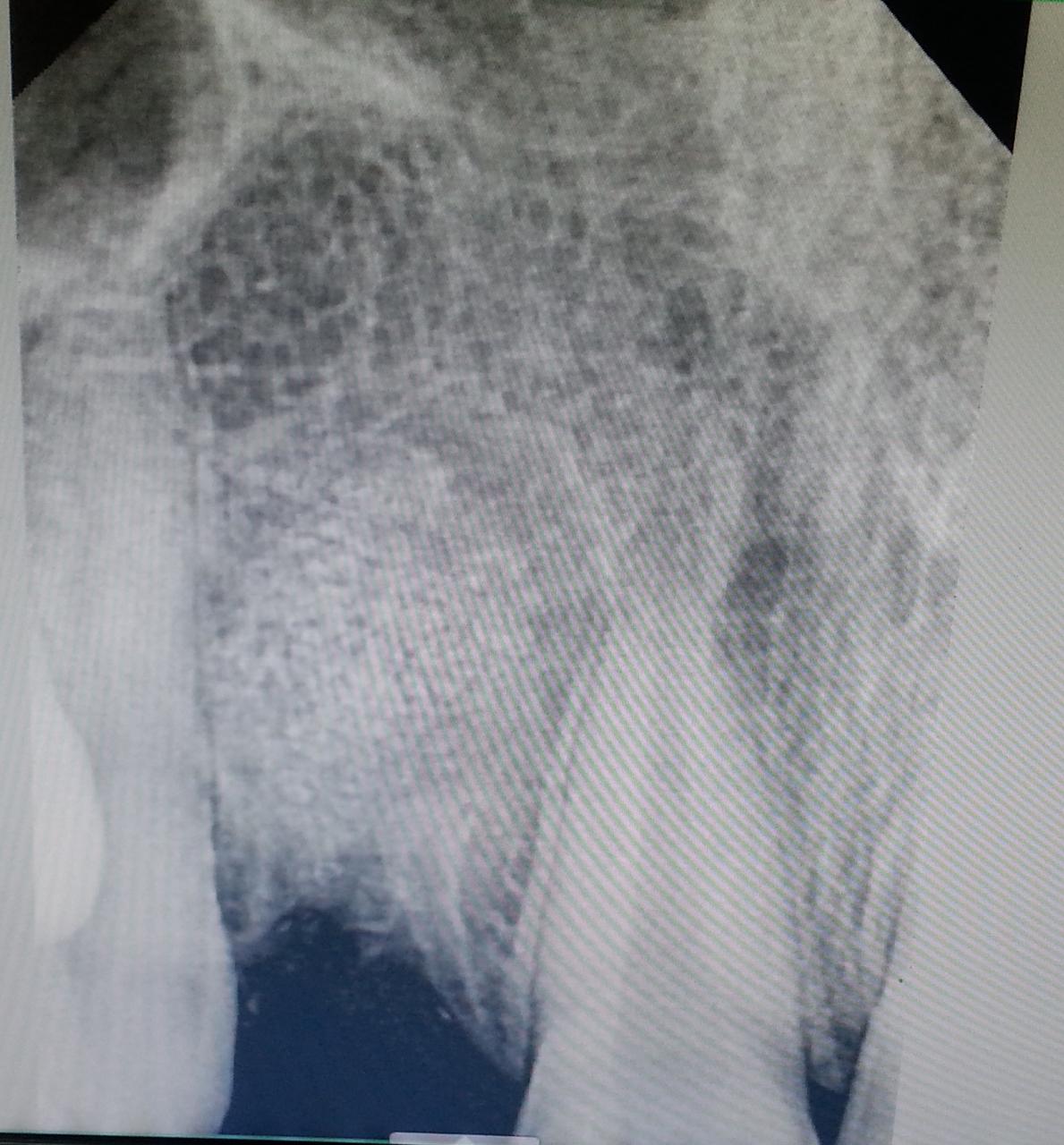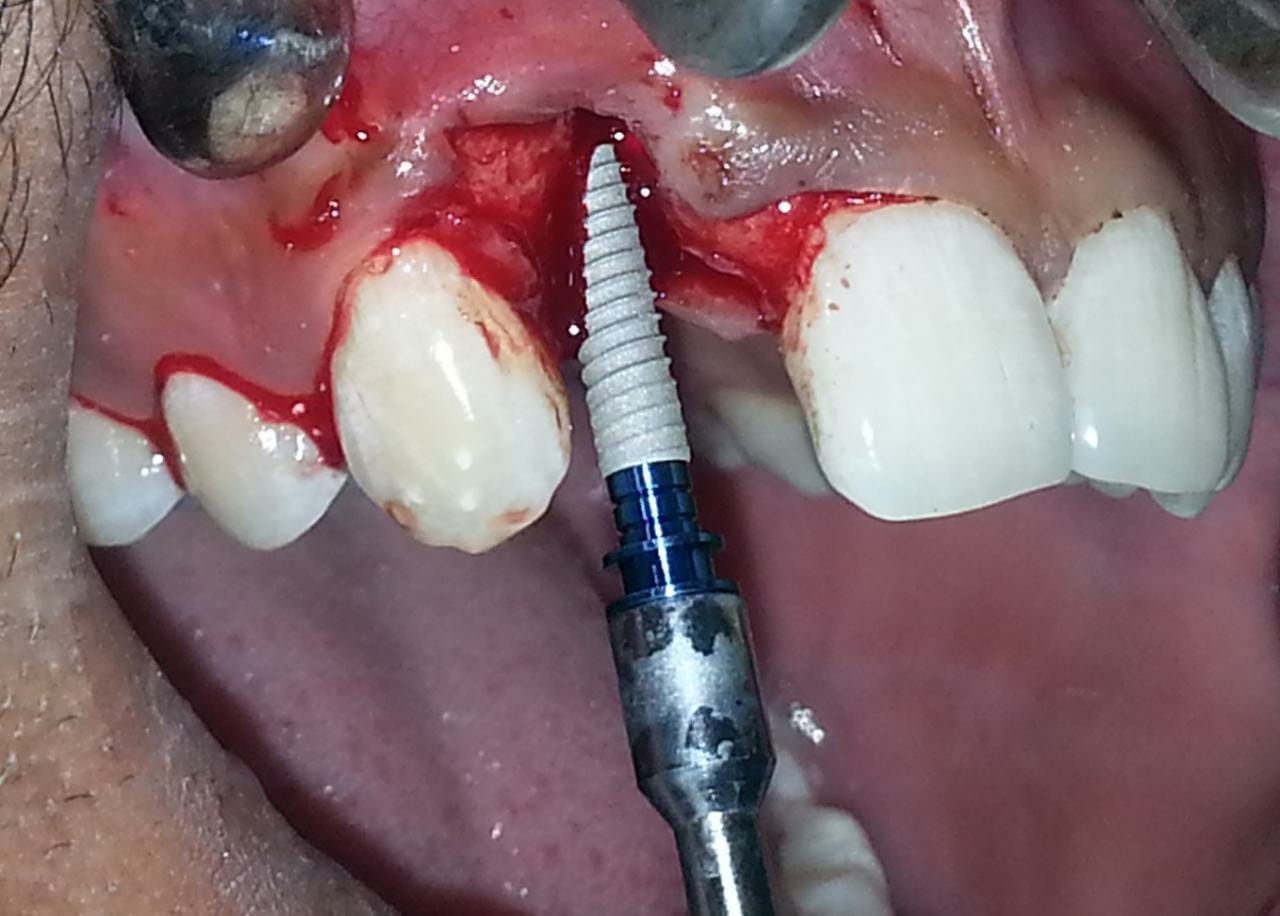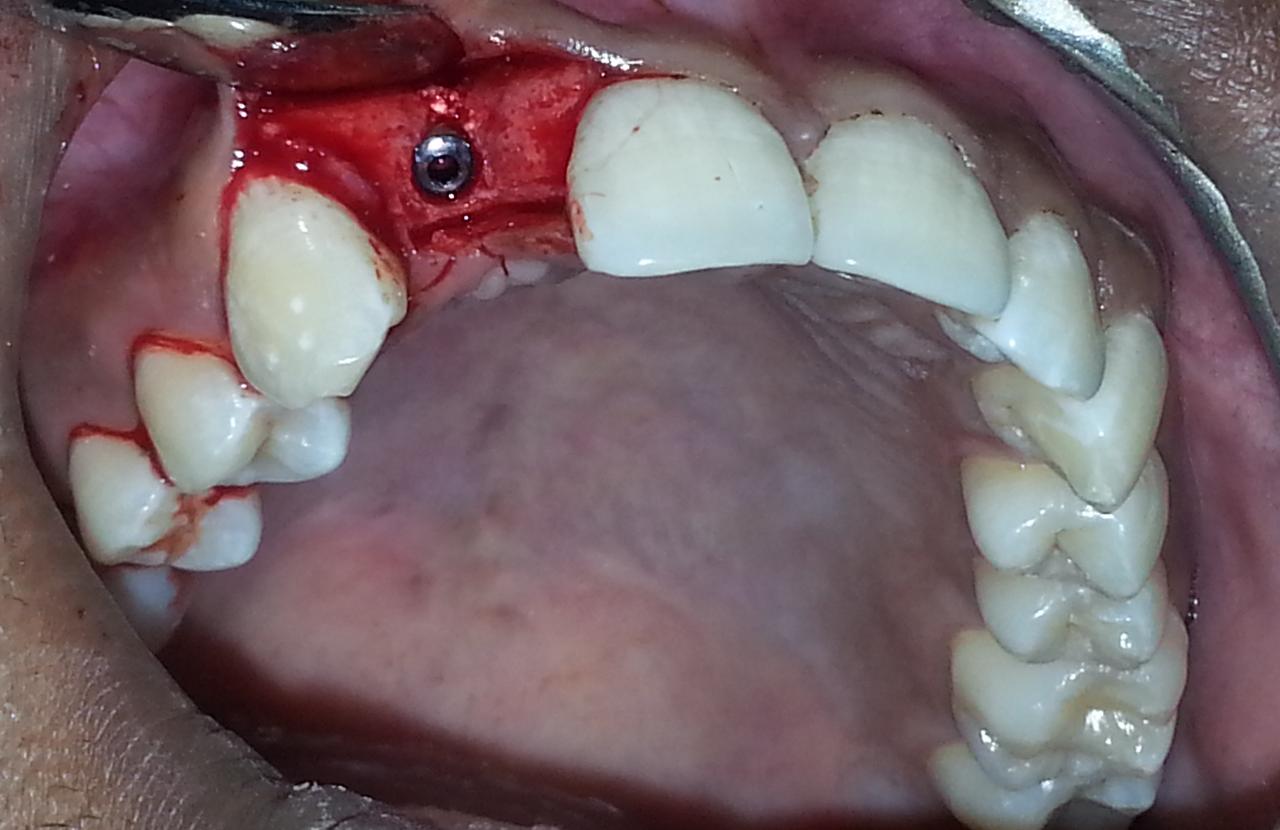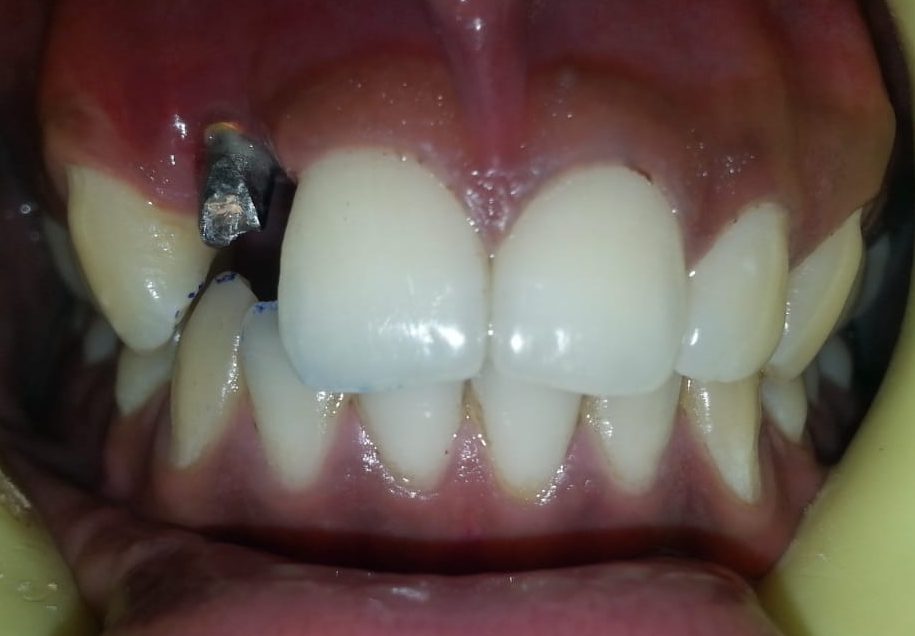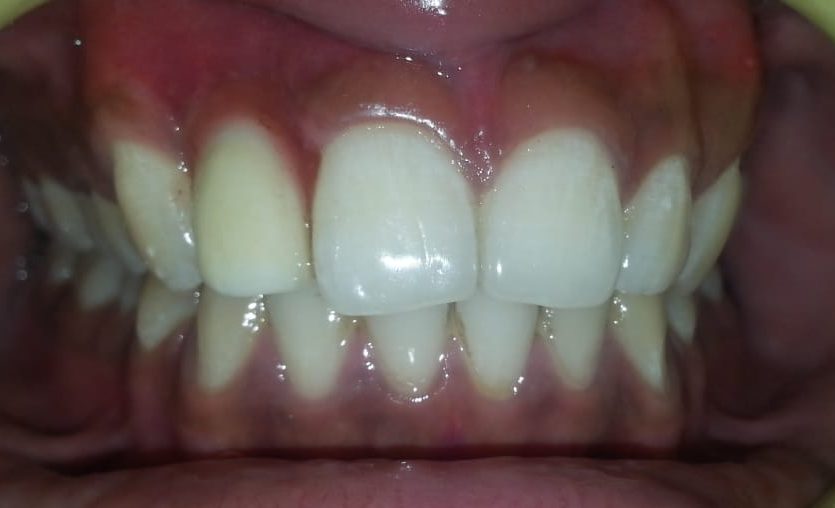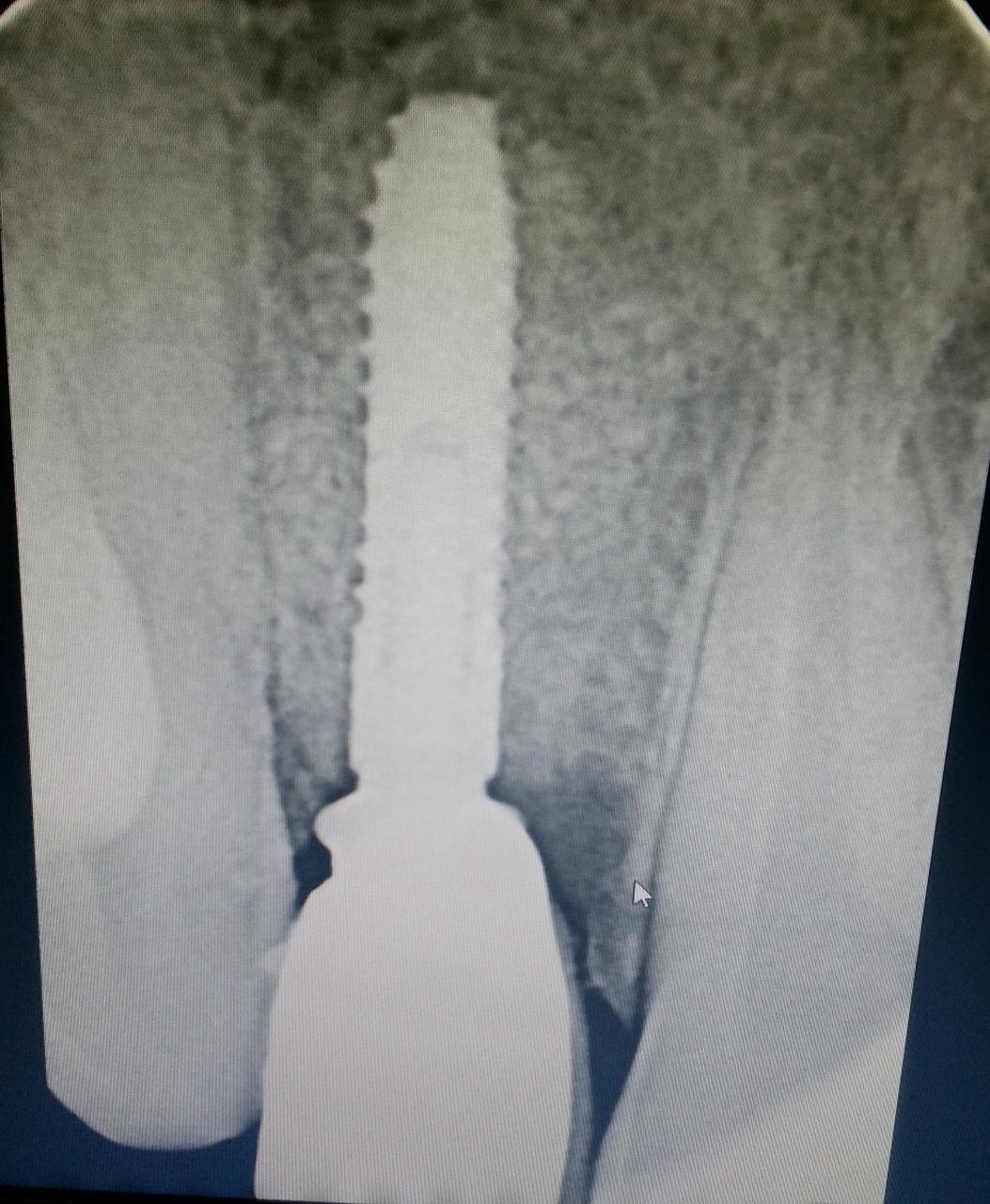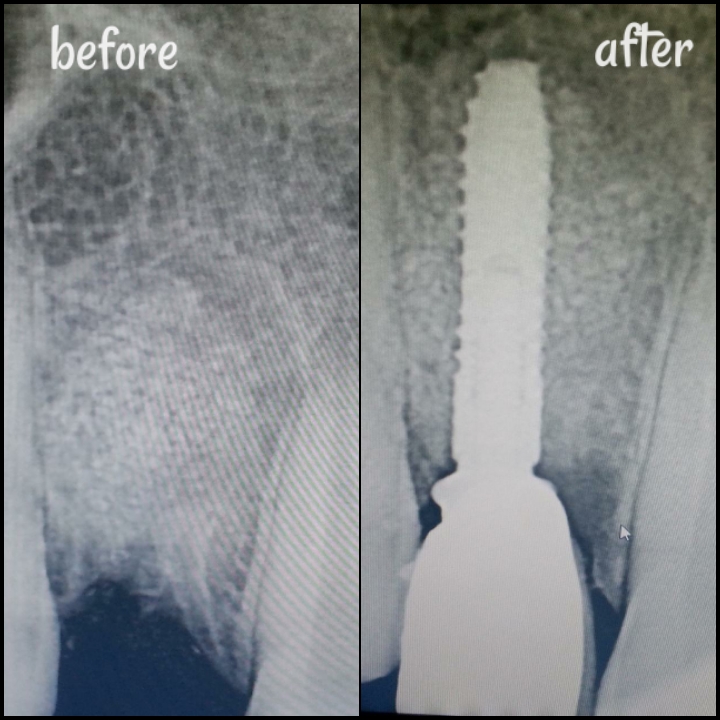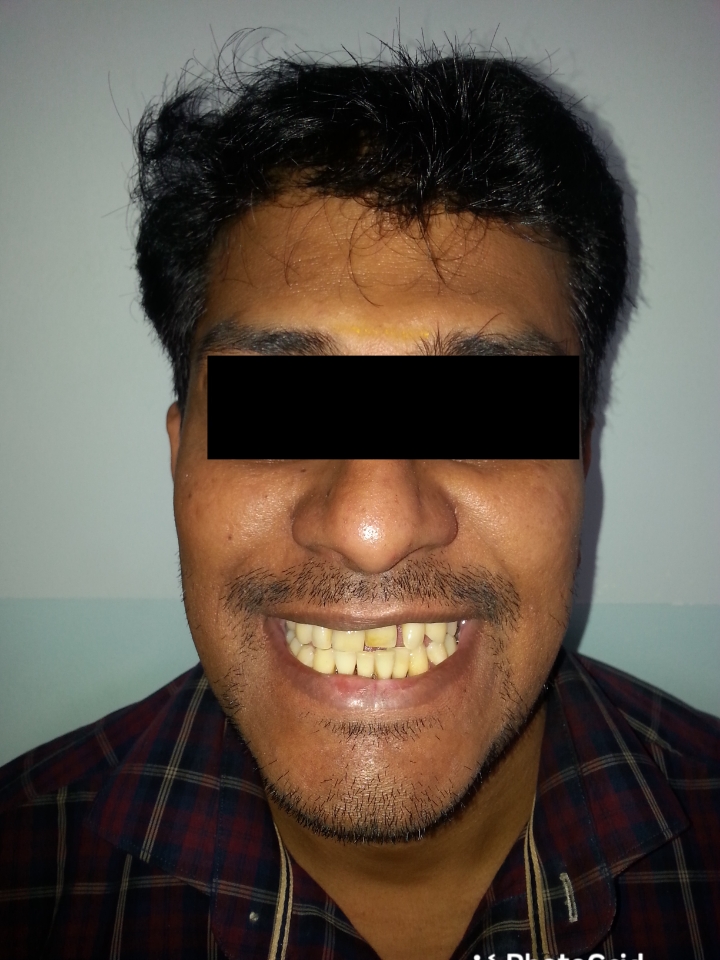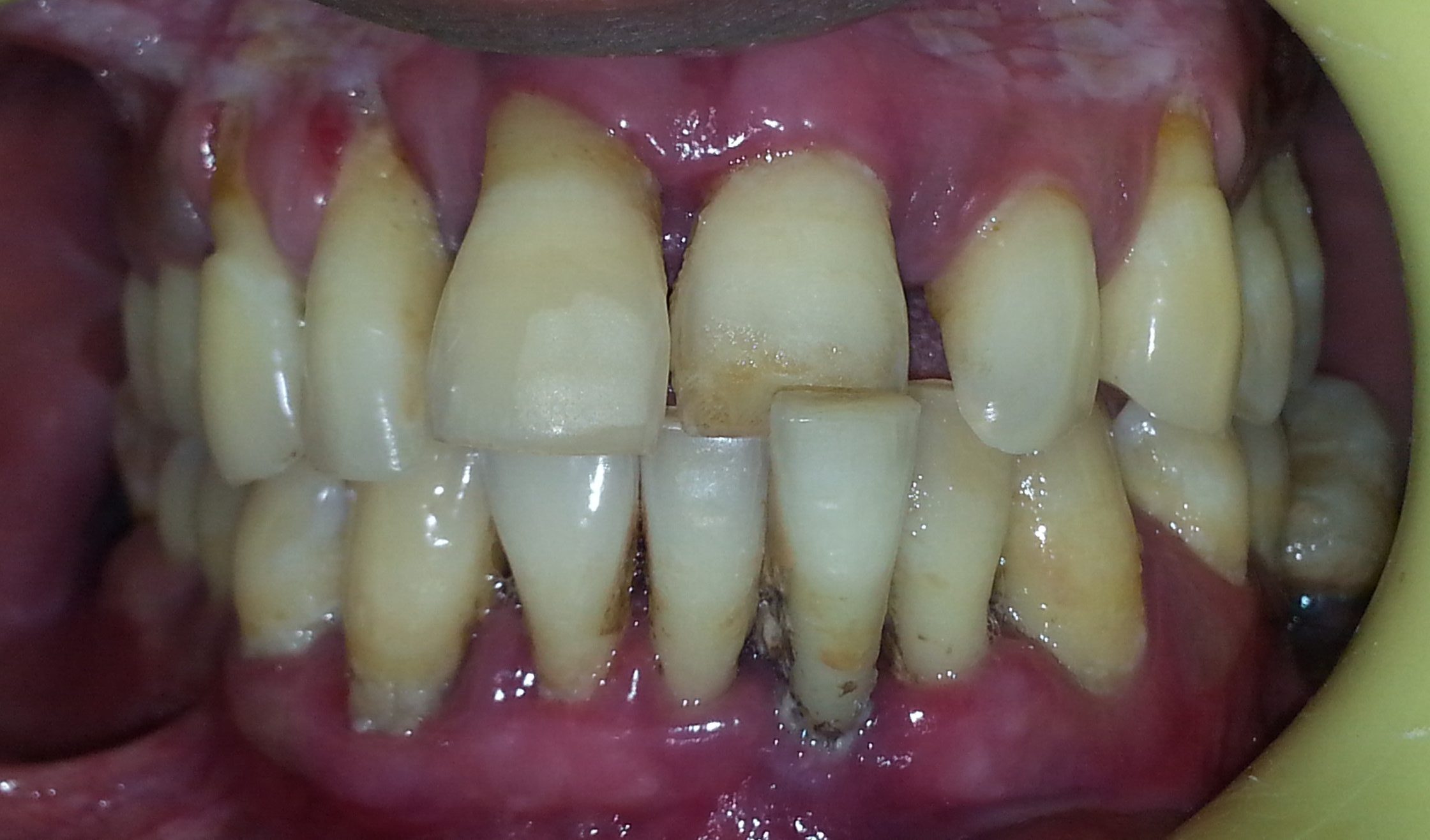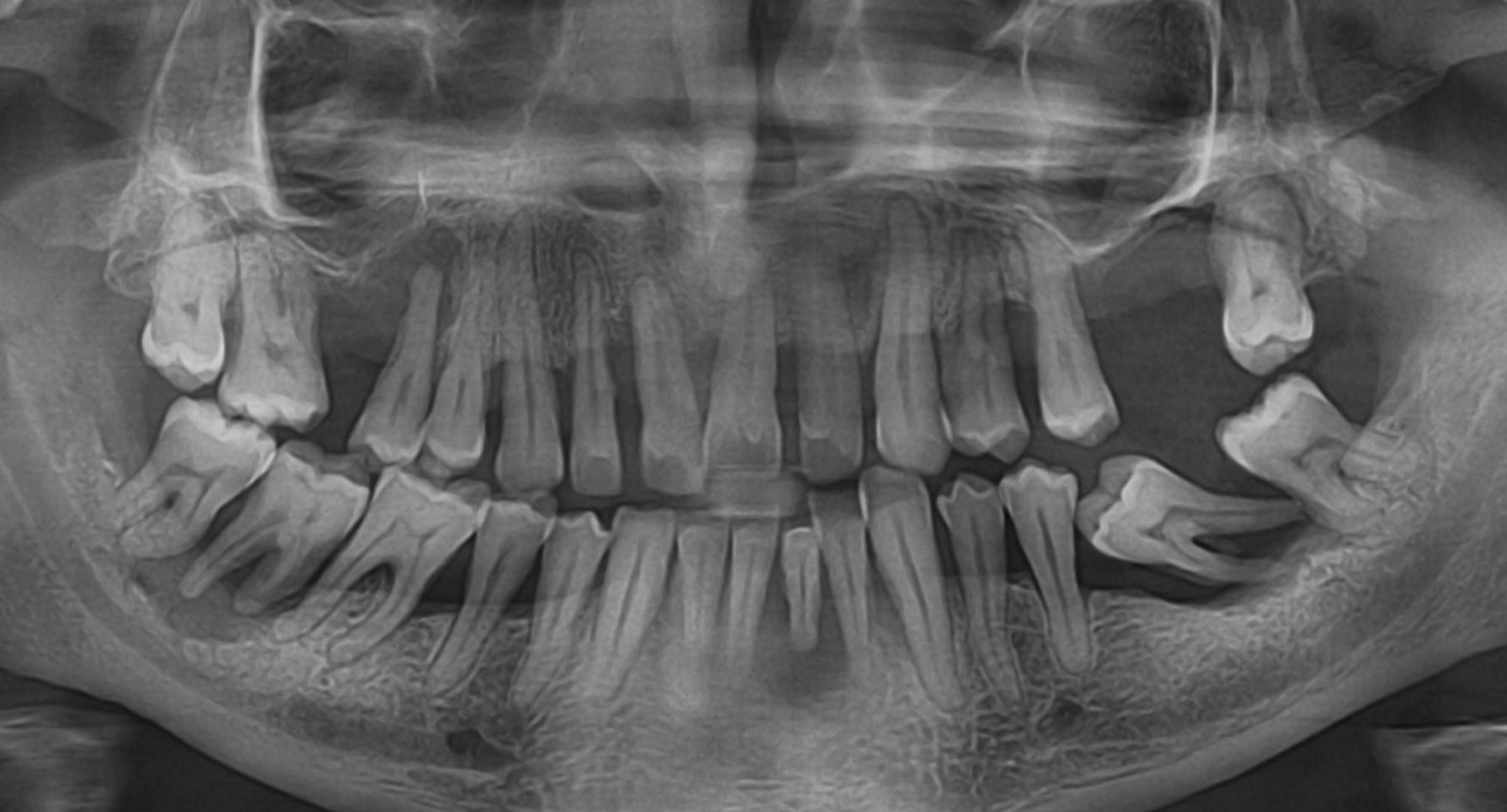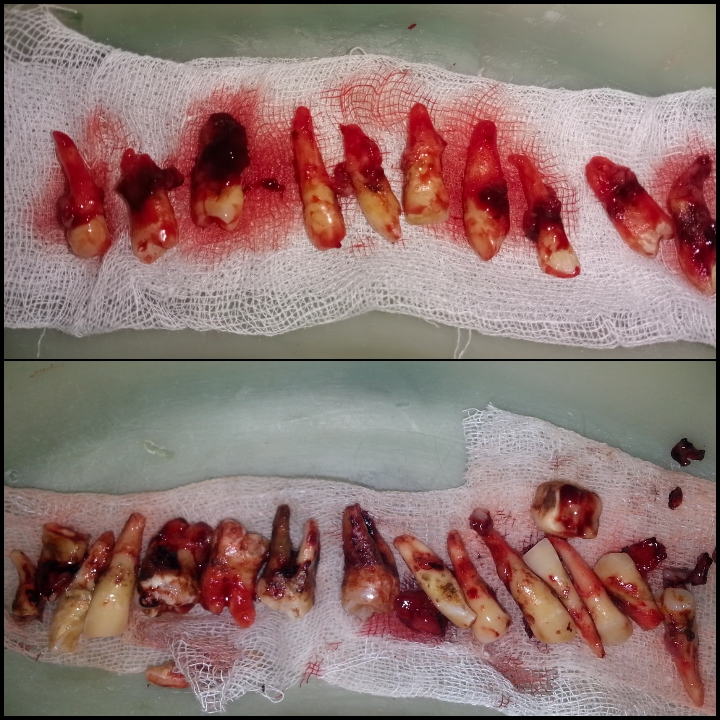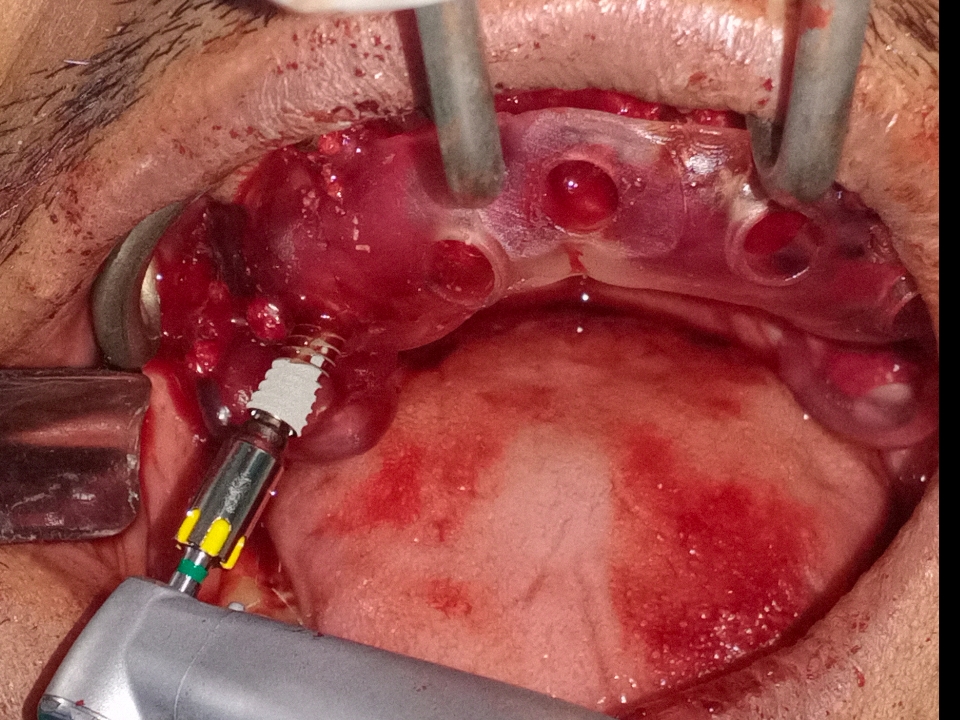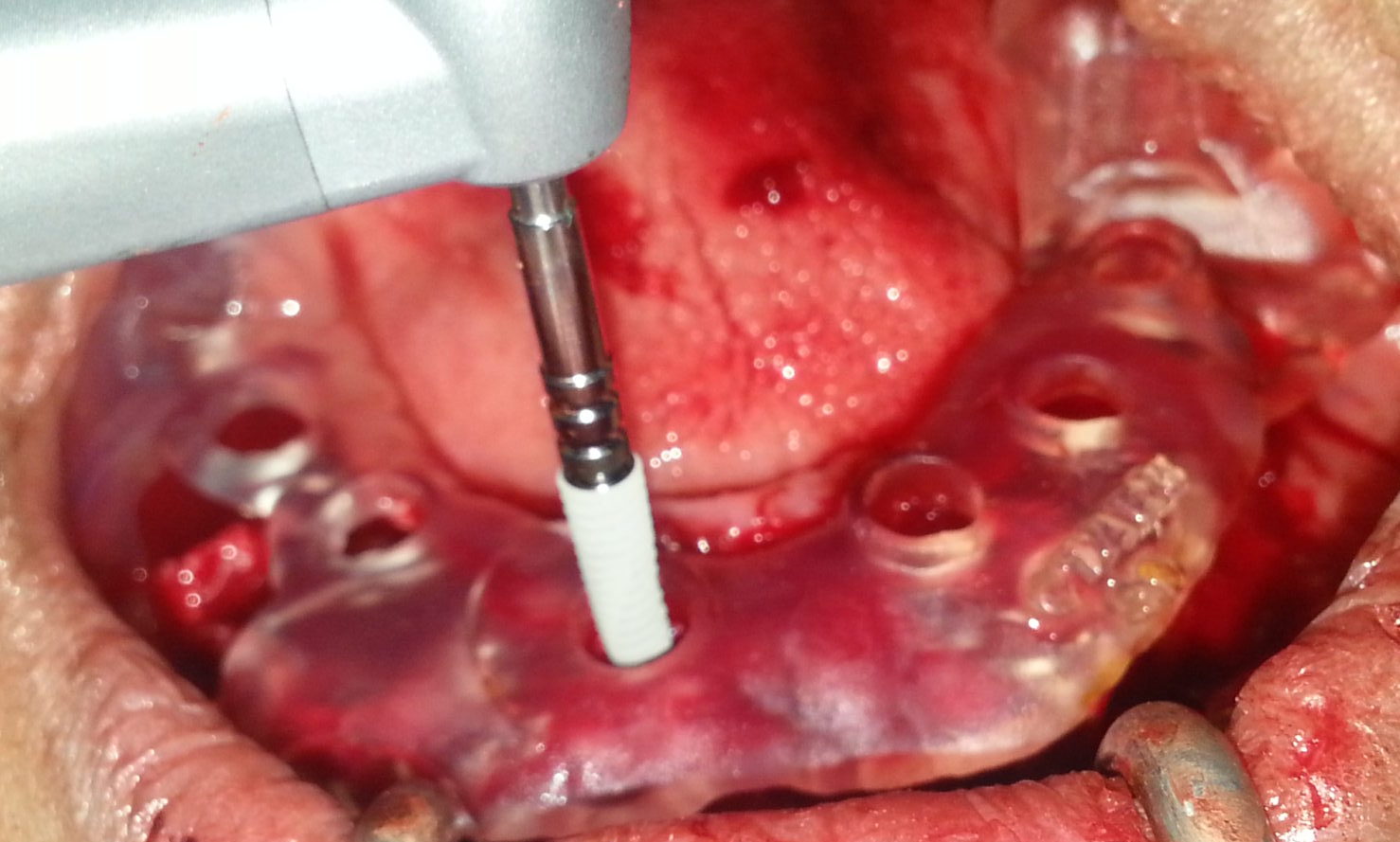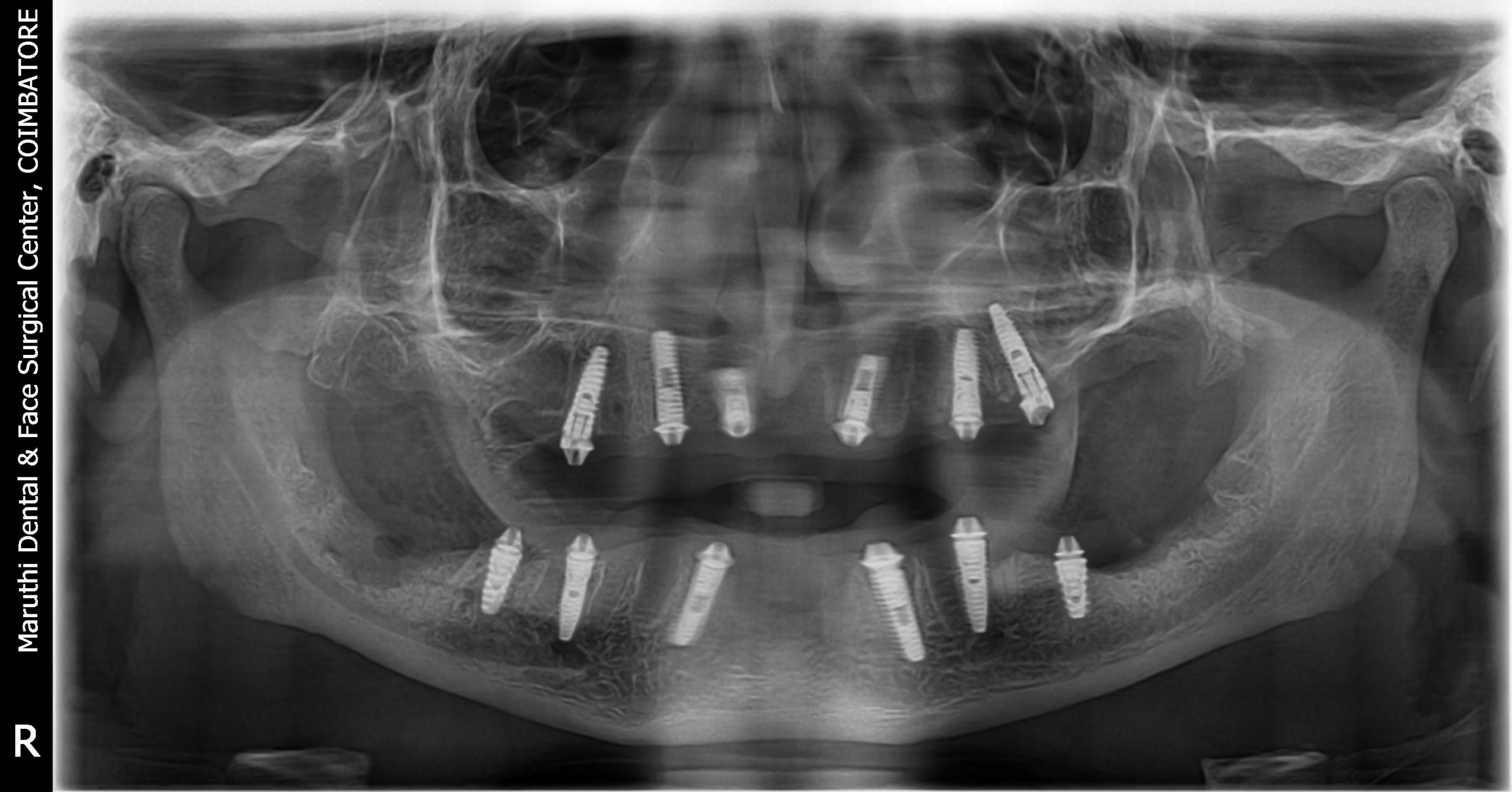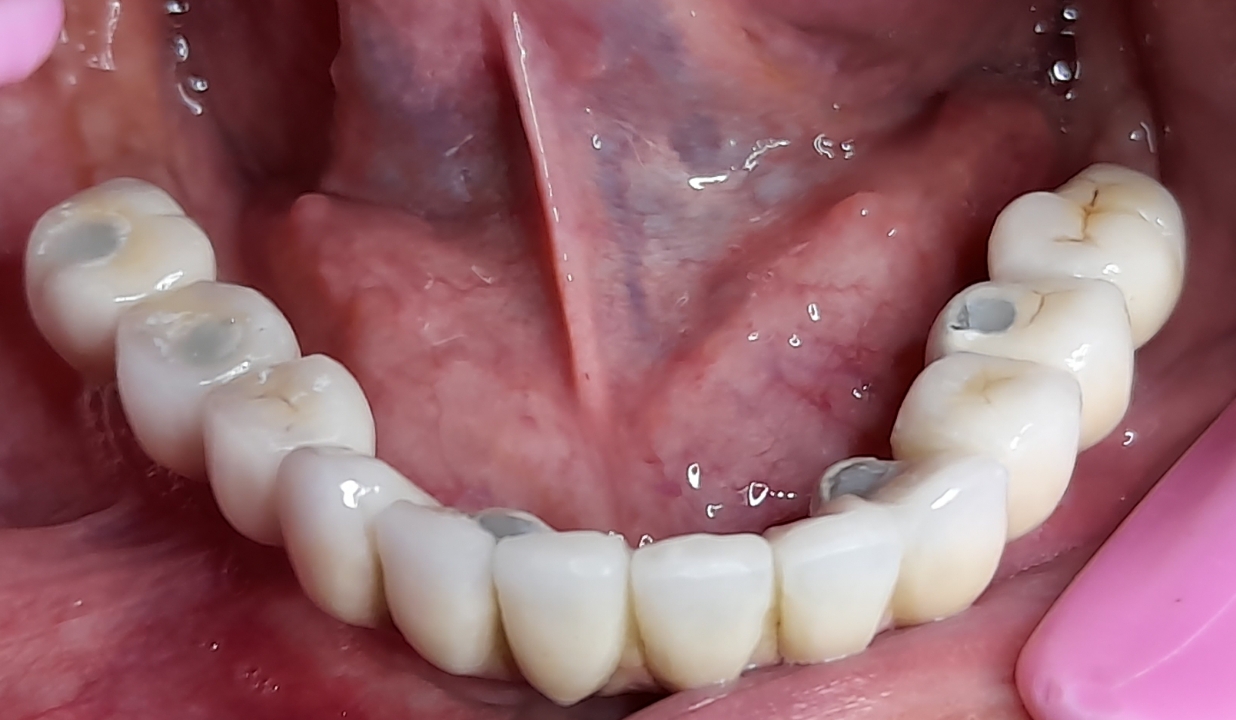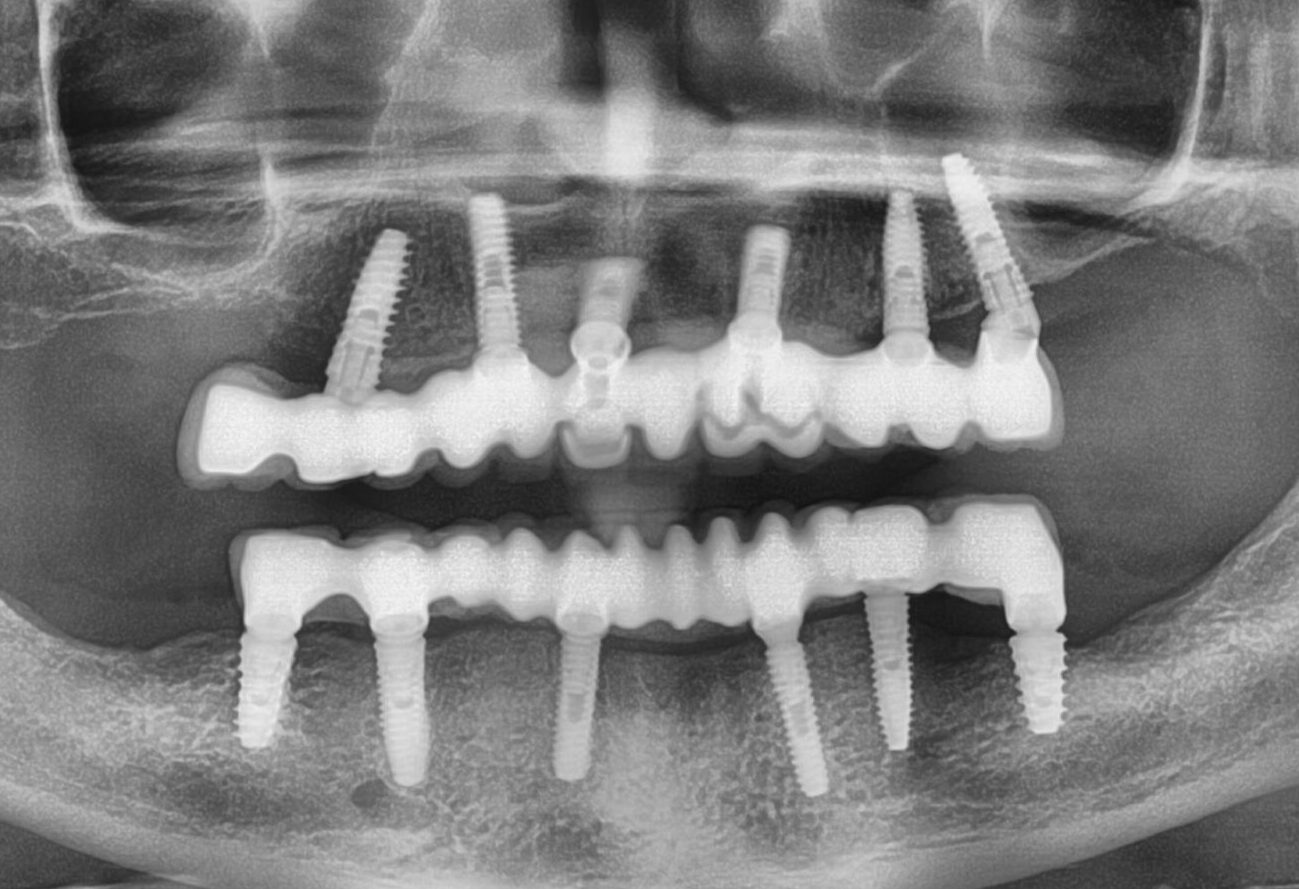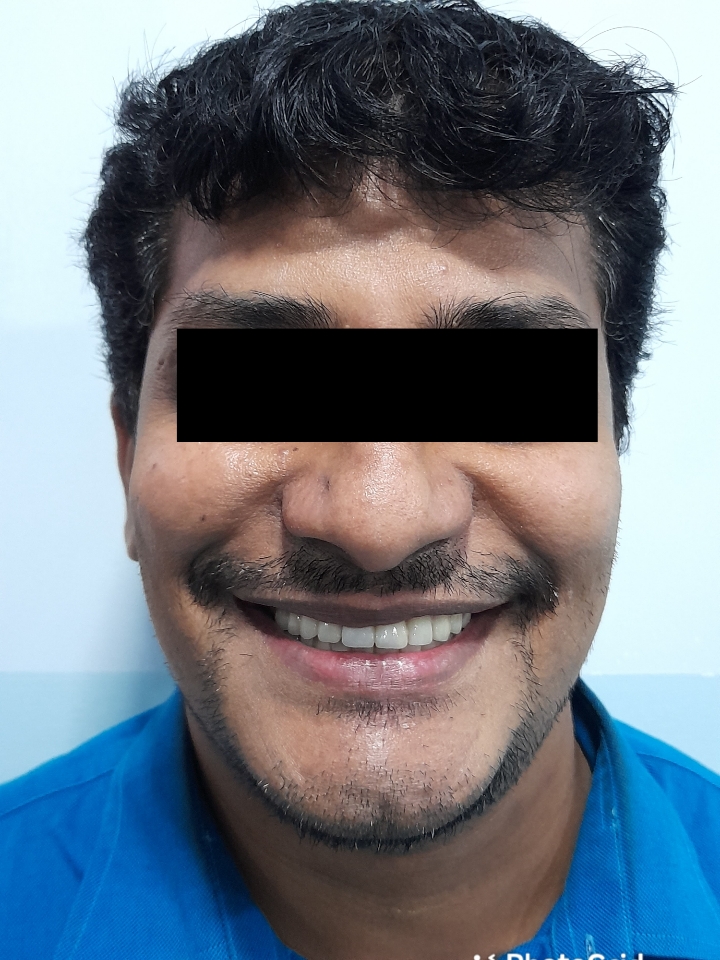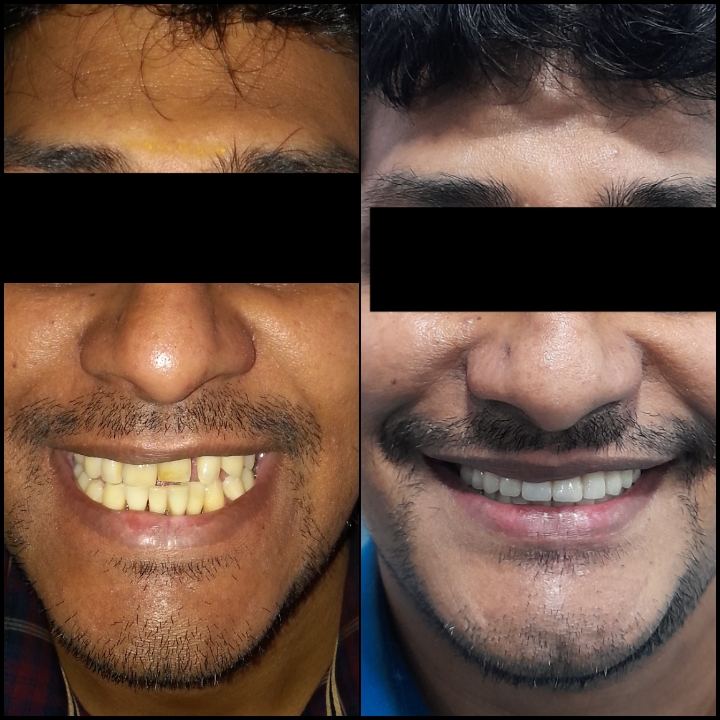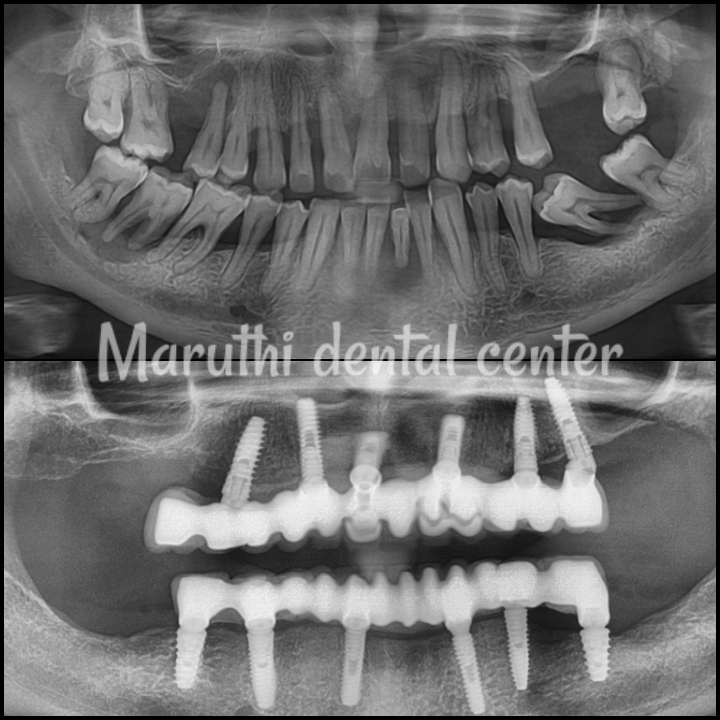Implant Dentistry
All –ON -4
All on 4 refers to “All” teeth supported “on Four” dental implants introduced by Paulo Malo. The Four implants support a fixed prosthesis with 10 to 14 teeth which is permanent and screw-retained. It is a full mouth rehabilitation procedure. The procedure is best for patients with significant tooth loss or decay and for people whose bone loss in the jaw area prevents them from getting conventional multiple Dental implants. The two most anterior implants are placed axially, whereas the two posterior implants are placed distally and angled to minimize the cantilever length. It is mainly for replacing complete arch either upper or lower jaws or both together also.
All –ON -6
Six implants are placed in the lower or upper jawbone to permanently anchor prosthetic teeth in place. It is a full mouth rehabilitation procedure. The All-on-6 treatment offers a stable, long-term, alternative to traditional dentures. The All-on-6 procedure rarely requires bone grafting. In addition to easy cleaning, the treatment time is shorter, and also a lasting option for tooth restoration. A full mouth bridge is a much healthier solution for your jaws as your jawbone will be better preserved.
Zygoma implants
The main indication for Zygomatic implants is the severely resorbed Edentulous Maxilla, but they can also be used in partially Edentulous situations also. Indications for Zygomatic implant insertion include: alternative for sinus augmentation, failed sinus augmentation, rehabilitation after tumor resection or trauma, failure of conventional implants, failure of previous bone grafts. The placement of Zygomatic implants requires adequate training and surgical experience. Implants are placed into the Malar bones which are the prominent parts of the face on either sides from the mouth either transversing through the Sinus(Intra sinus) or by Extra sinus techniques to engage the Malar or Zygomatic Bone giving a very good Stabilization of the Implants to support 10-14 teeth which are screw on to these implants permanently.
Pterygold implants
Pterygoid implant insertion is an alternative to avoid sinus-lifting or other grafting procedures to treat the posterior maxilla. Pterygoid implants are especially used in partial edentulism in order to avoid distal cantilevers. Pterygoid implants encompass the tuberosity region and engage the pterygoid plate. Two anatomic locations in which implants are placed in the retromolar area are the pterygoid process and the pterygomaxillary region. They are placed in a more anterior position of the pterygo-maxillary area, parallel to the posterior wall of the sinus.
Implant over Dentures
Implant overdentures are dentures that fit over the top of the implant. It is an alternative semi- fixed treatment option for the edentulous patient. This type of prosthesis is indicated when patient’s demands cannot be met either through fixed implant prosthesis or through a complete denture. Retention is obtained through use of attachments placed directly on implants or on bar superstructures. Here 2 or 3 Implants are placed on the maxilla or mandible or both Jaws which have ball attached on top which support Full Dentures that can be regularly removed by the patient for cleansing.
Single tooth Implant
A dental implant is an artificial tooth root that is placed into your jaw to hold a replacement tooth or bridge. Dental implants may be an option for people who have lost a tooth or teeth due to periodontal disease, an injury, or some other reason. After the implant integrates to your bone, it acts as a new “root” for the crown that will replace your missing tooth. The crown is then attached to the implant replacing the missing tooth.
Extraction with Immediate implants
Immediate implant placement is when an implant is placed at the same time as the natural tooth is extracted. It involves the placement of a restoration immediately after implant placement. It can be applied if sufficient primary stability is achieved – for a single tooth restoration. The technique was developed in response to patient’s growing demand for quicker treatment and faster time-to-teeth.



